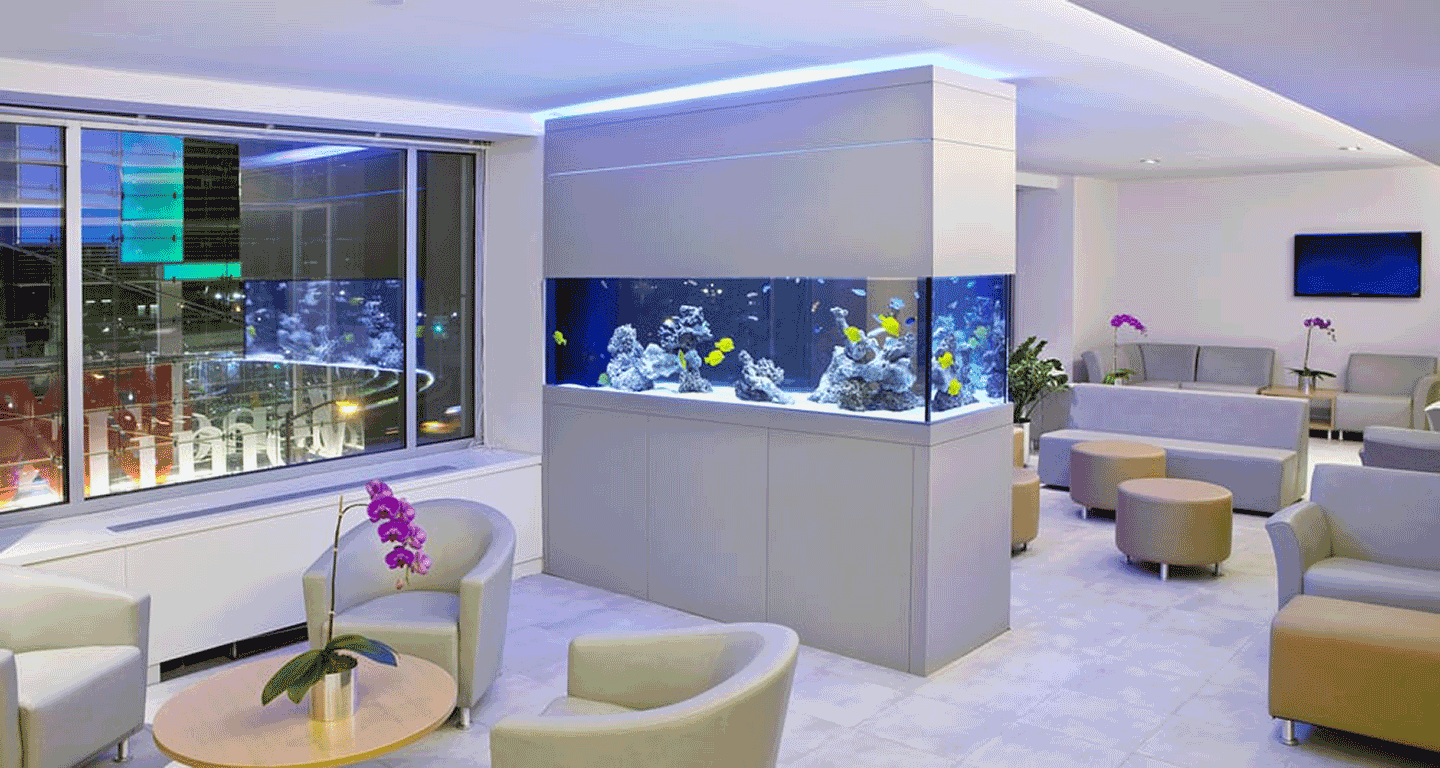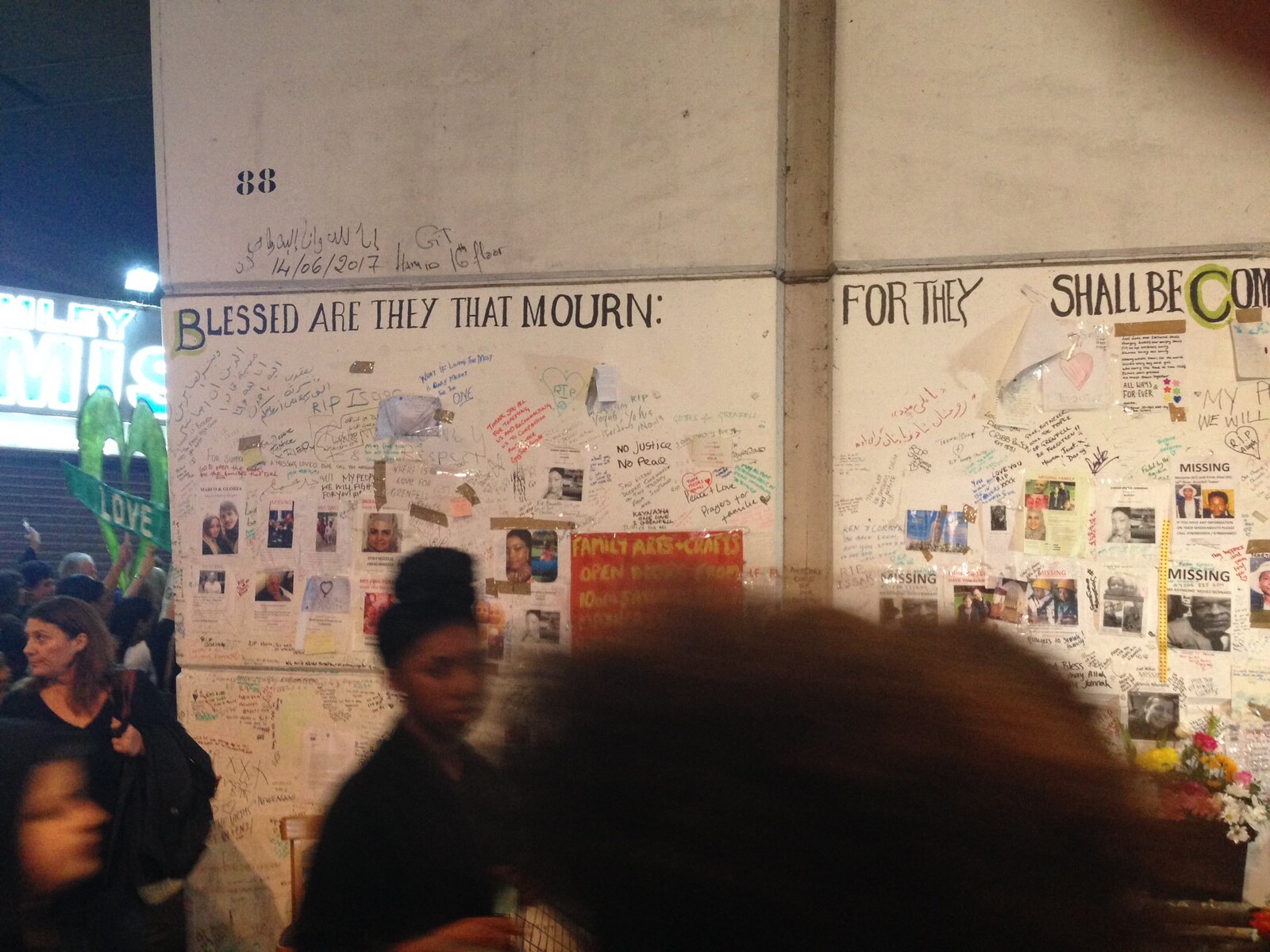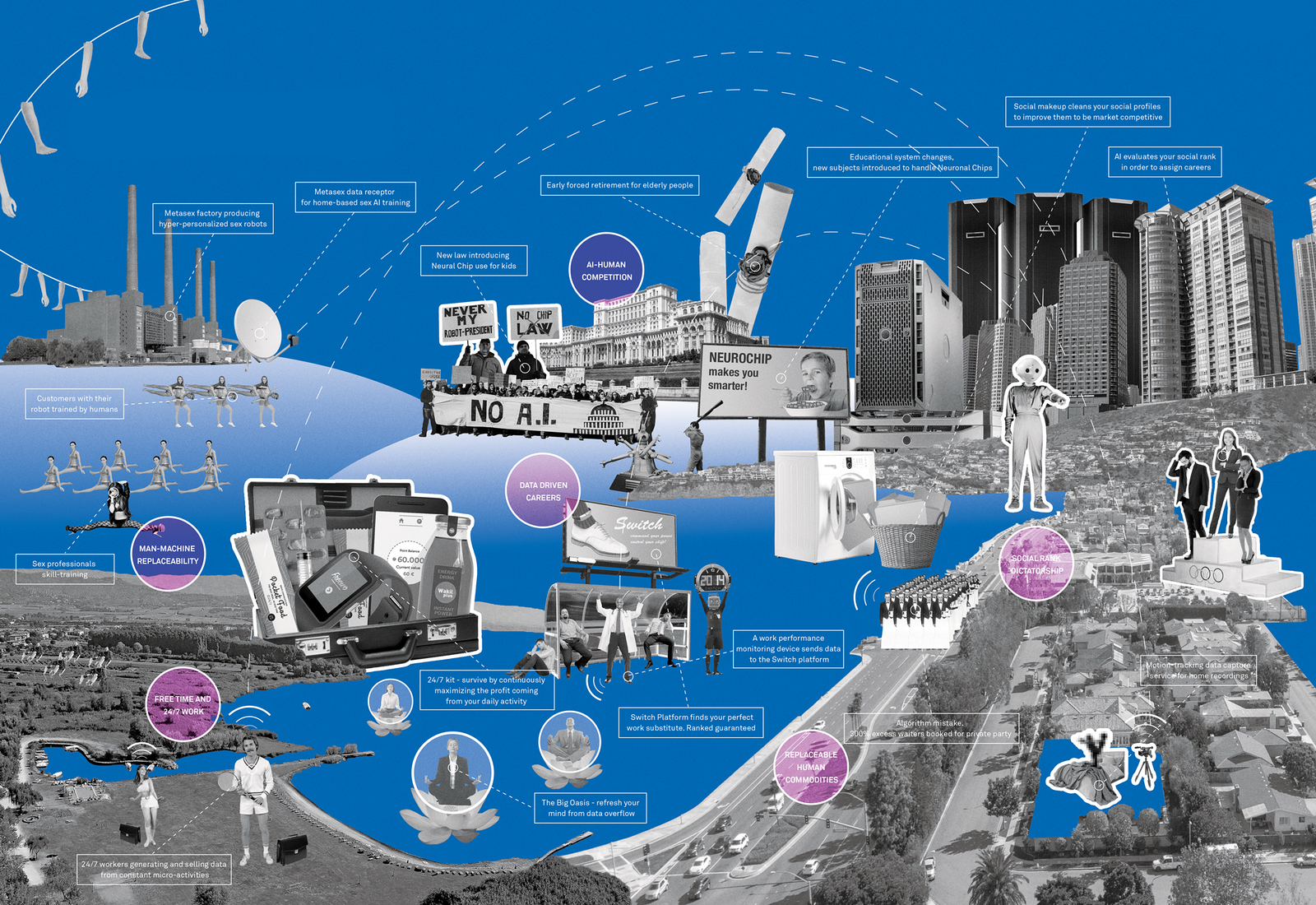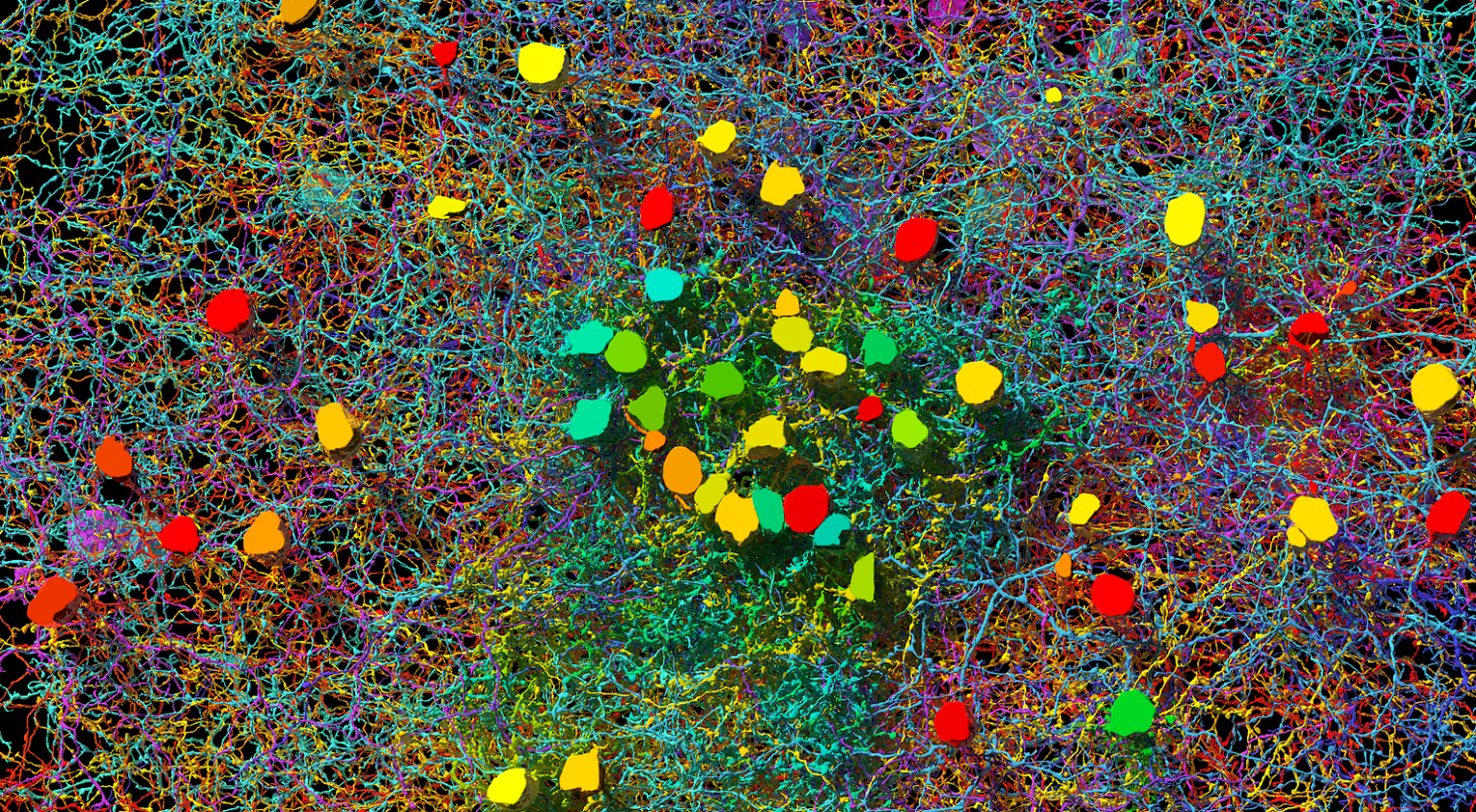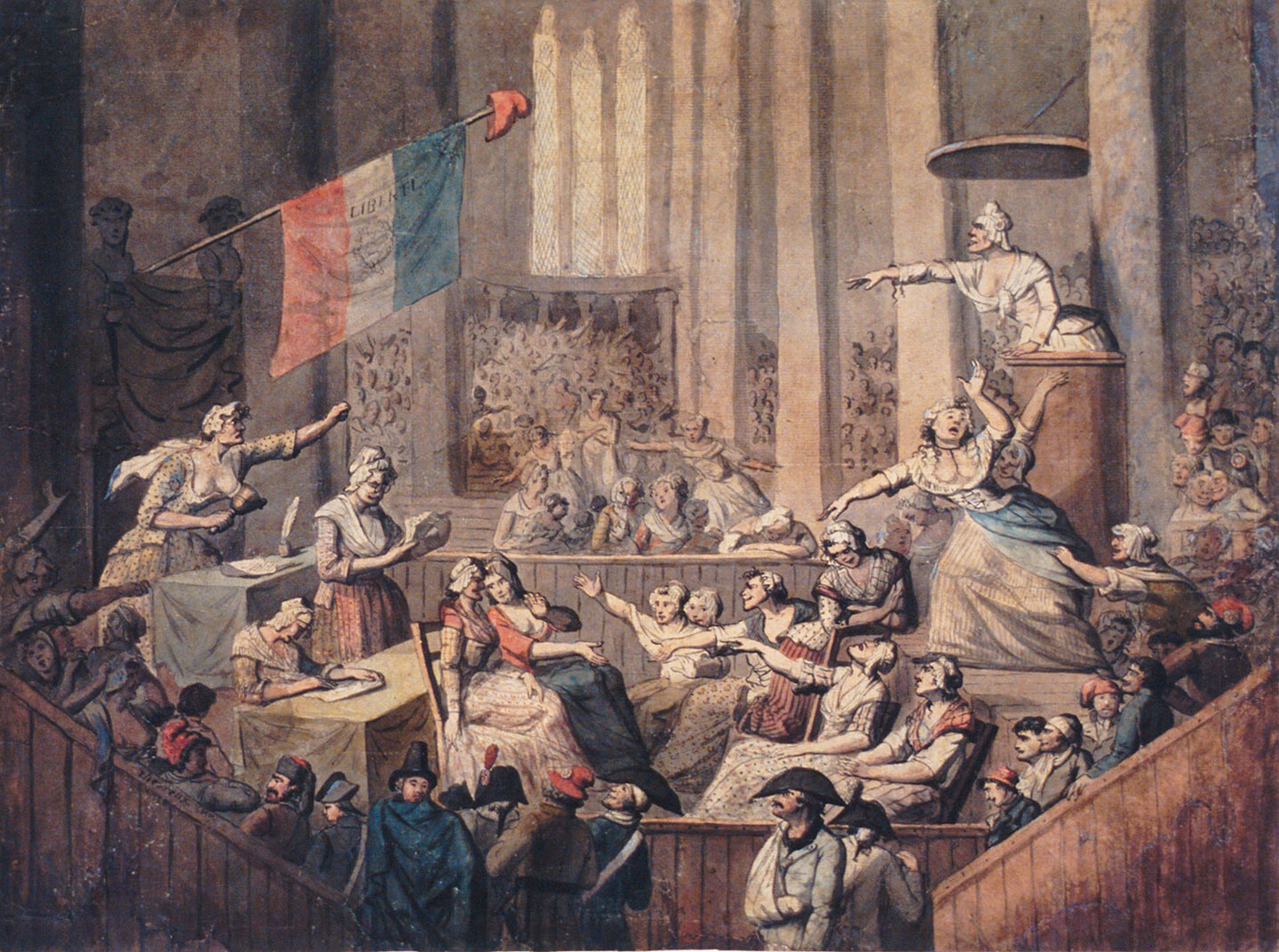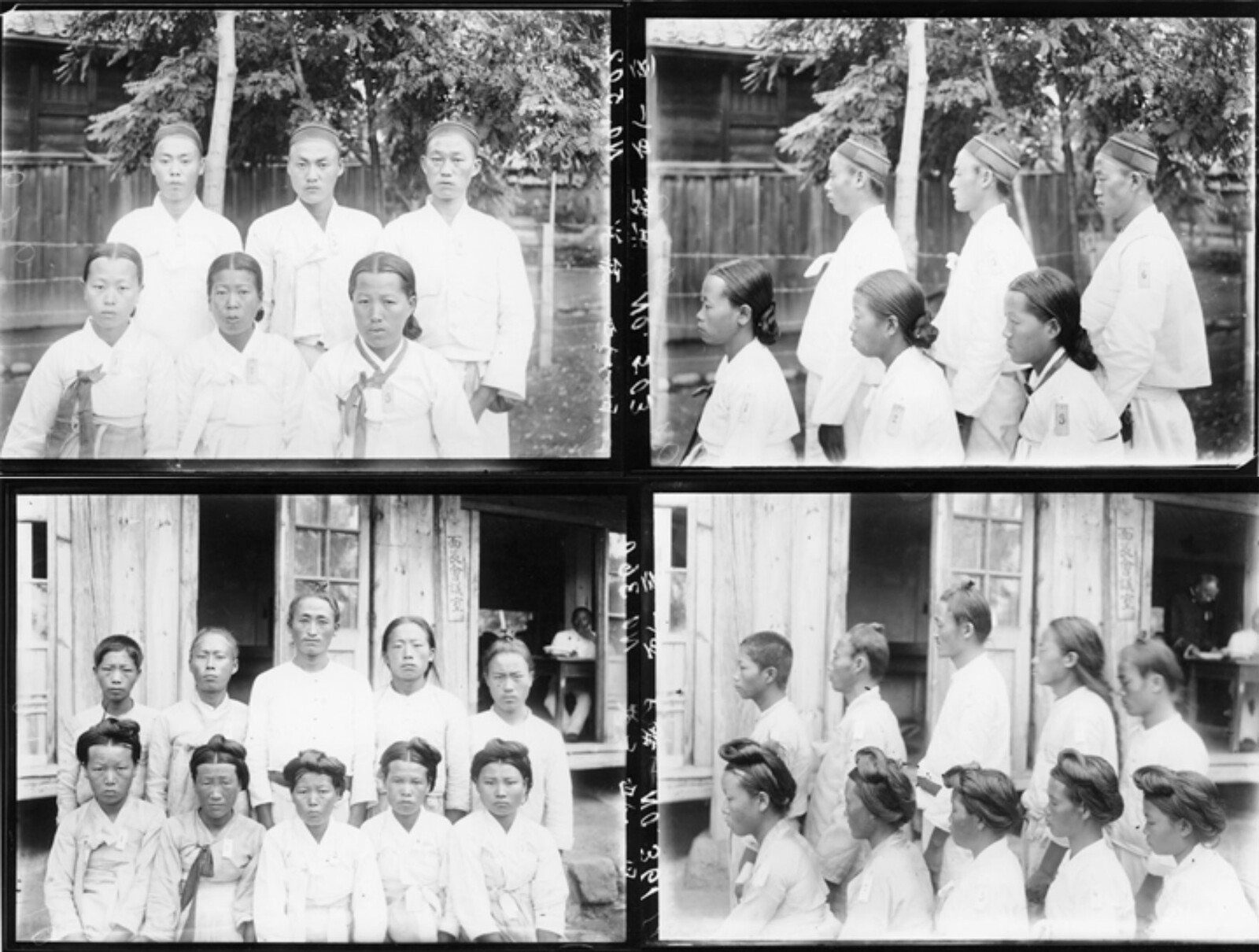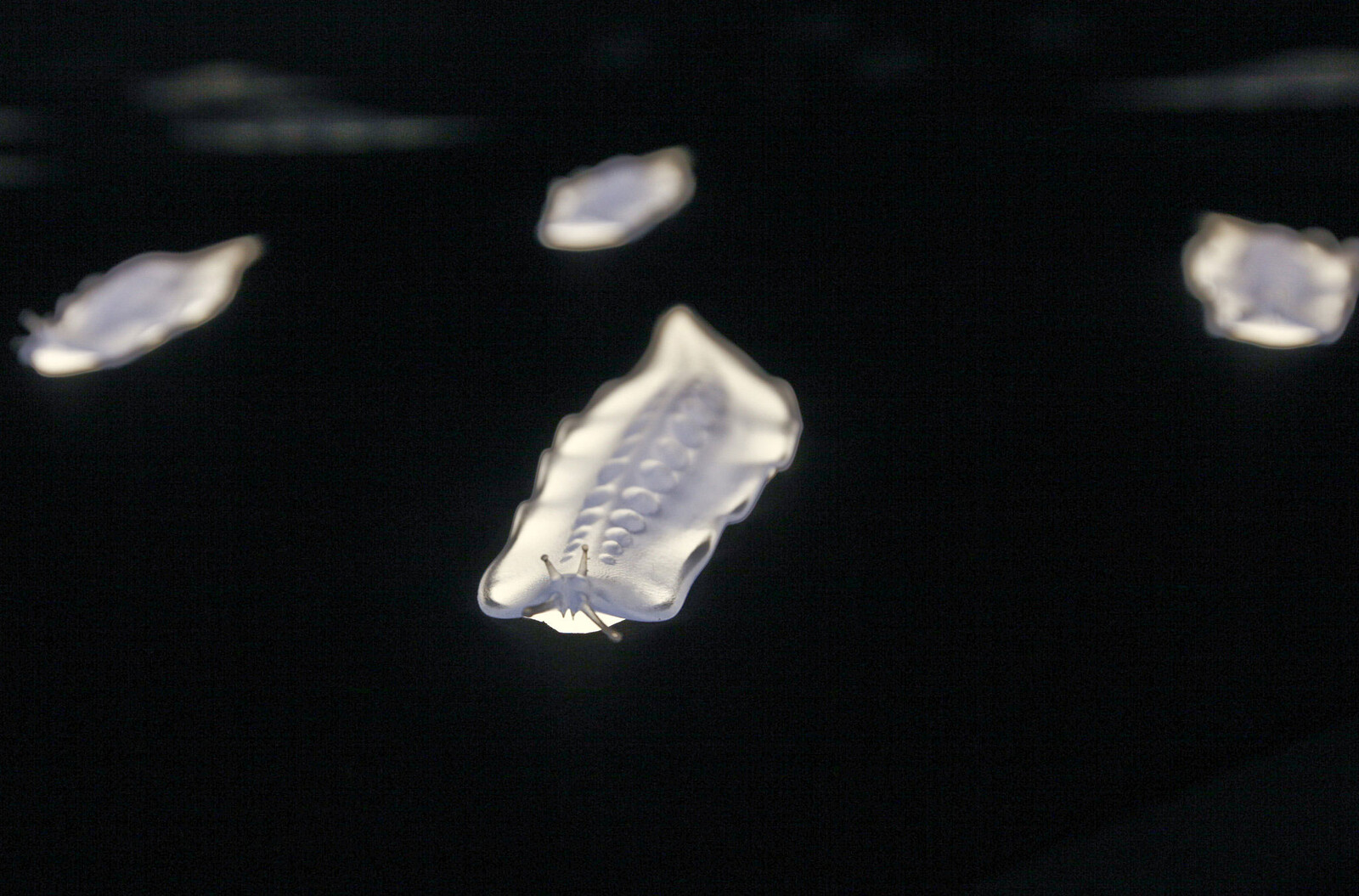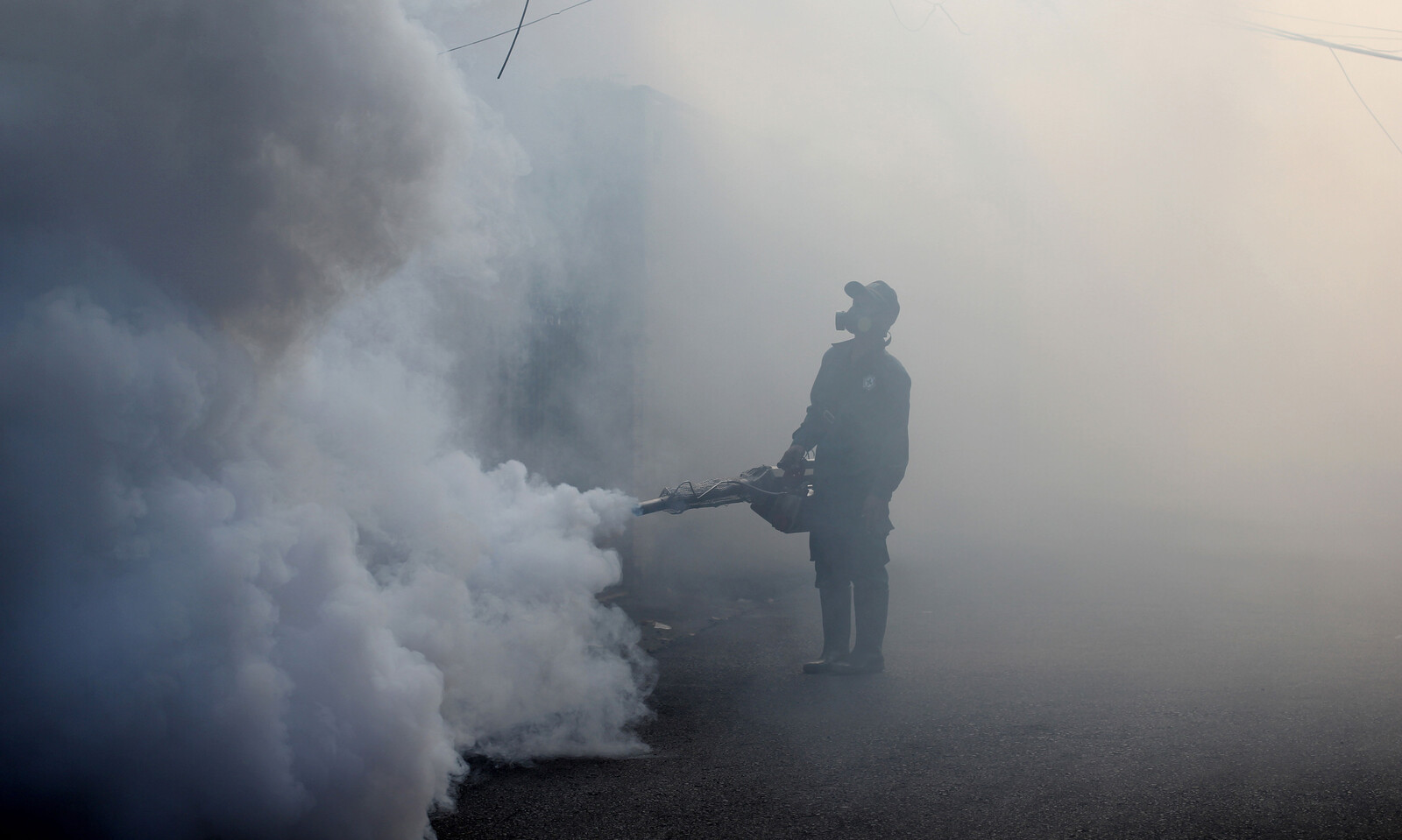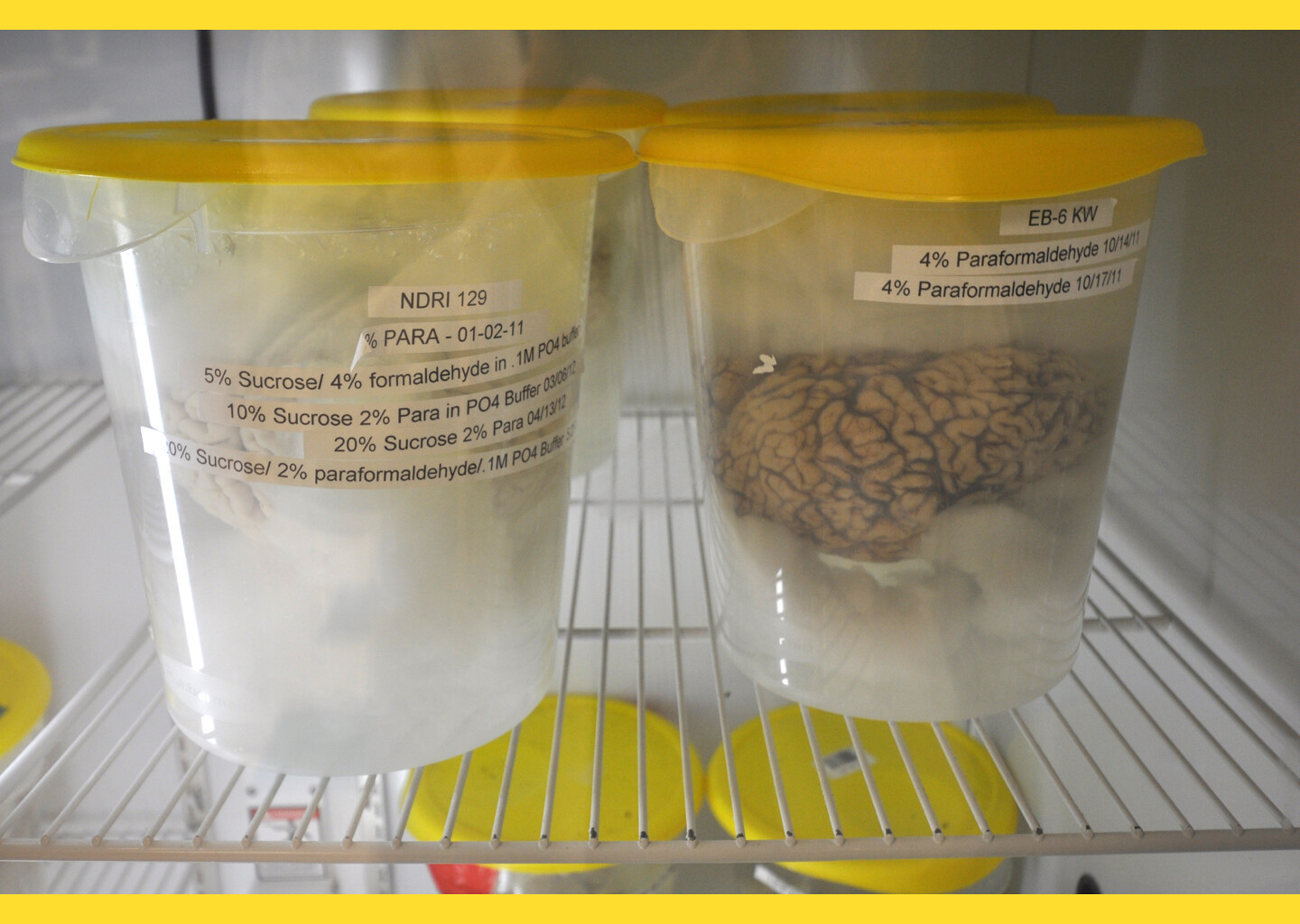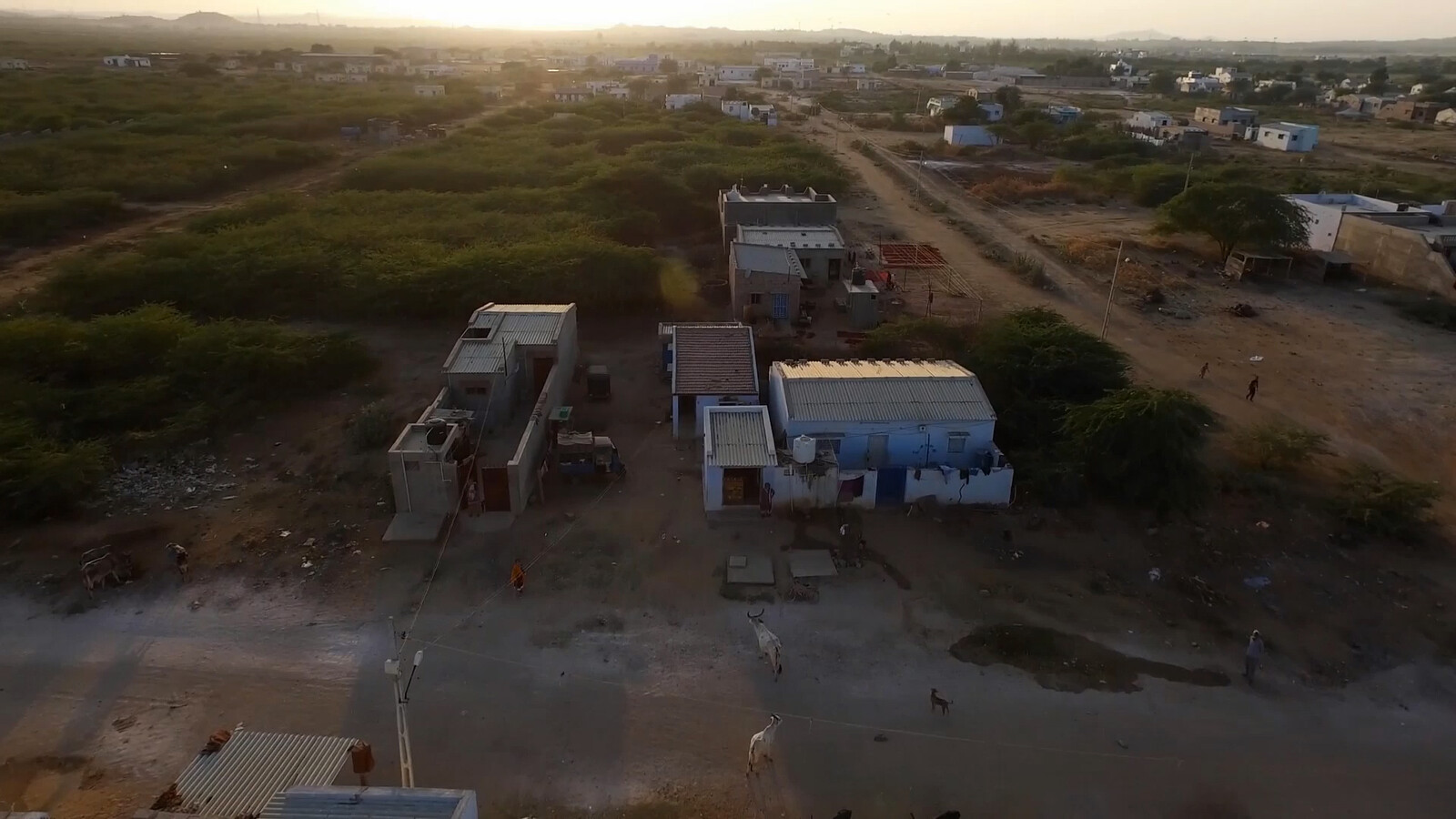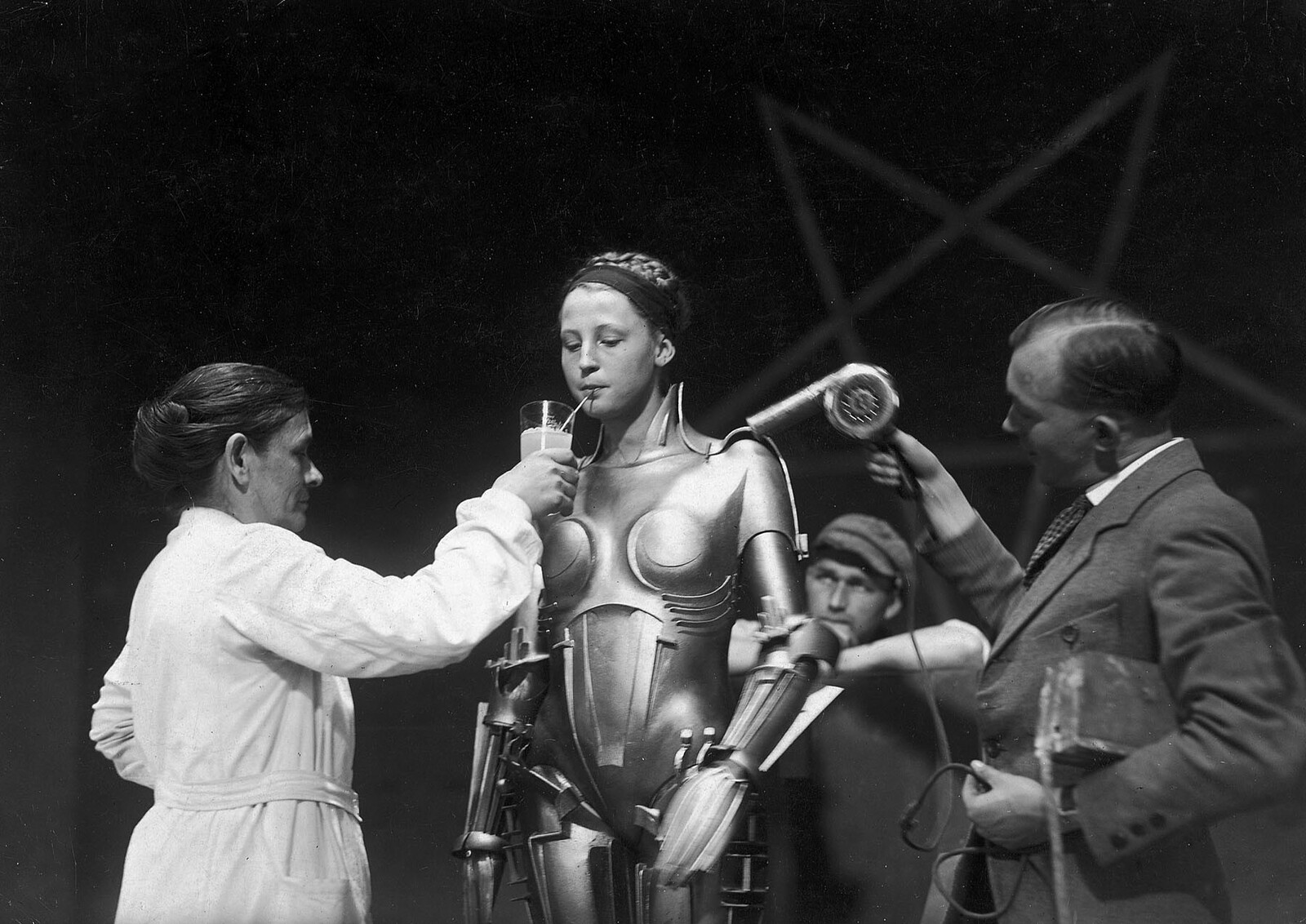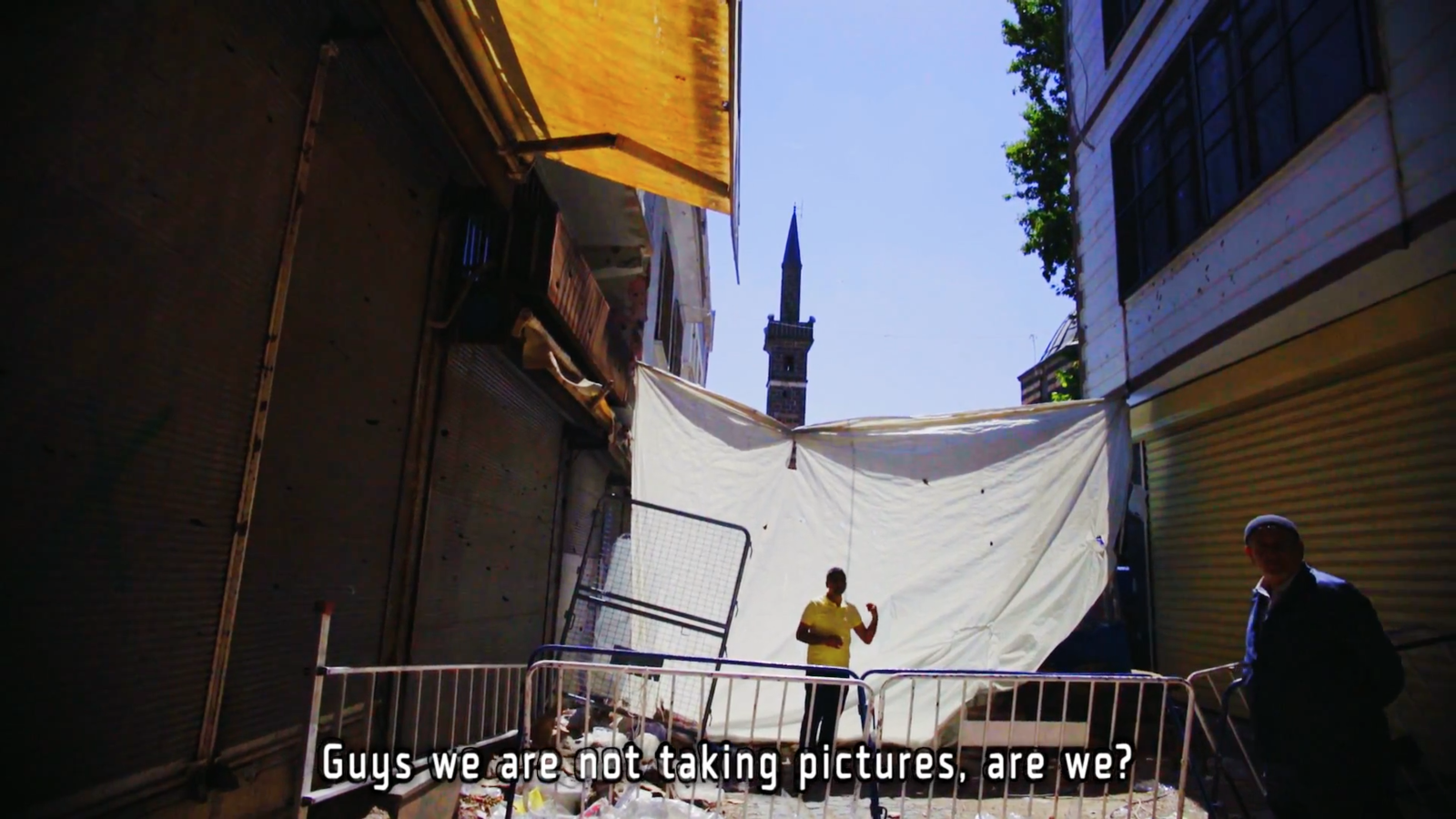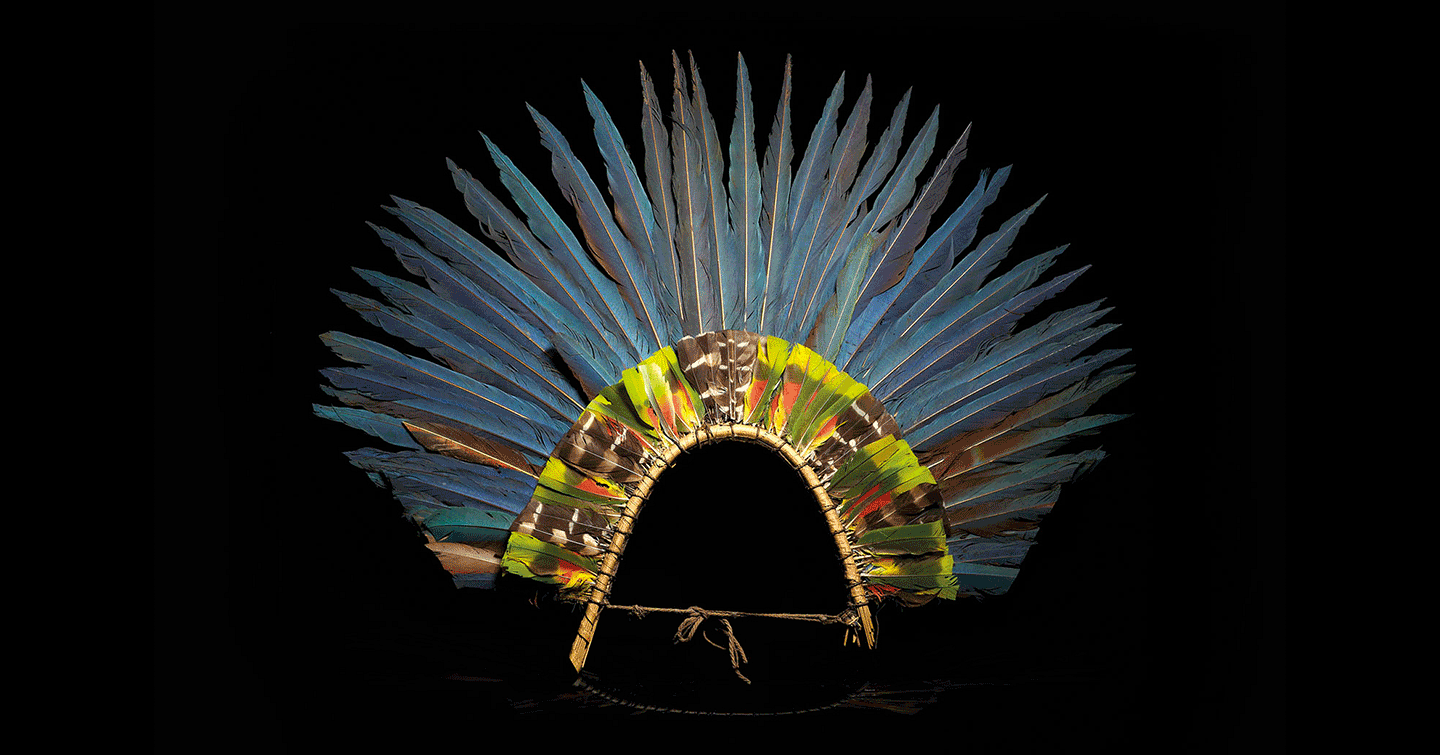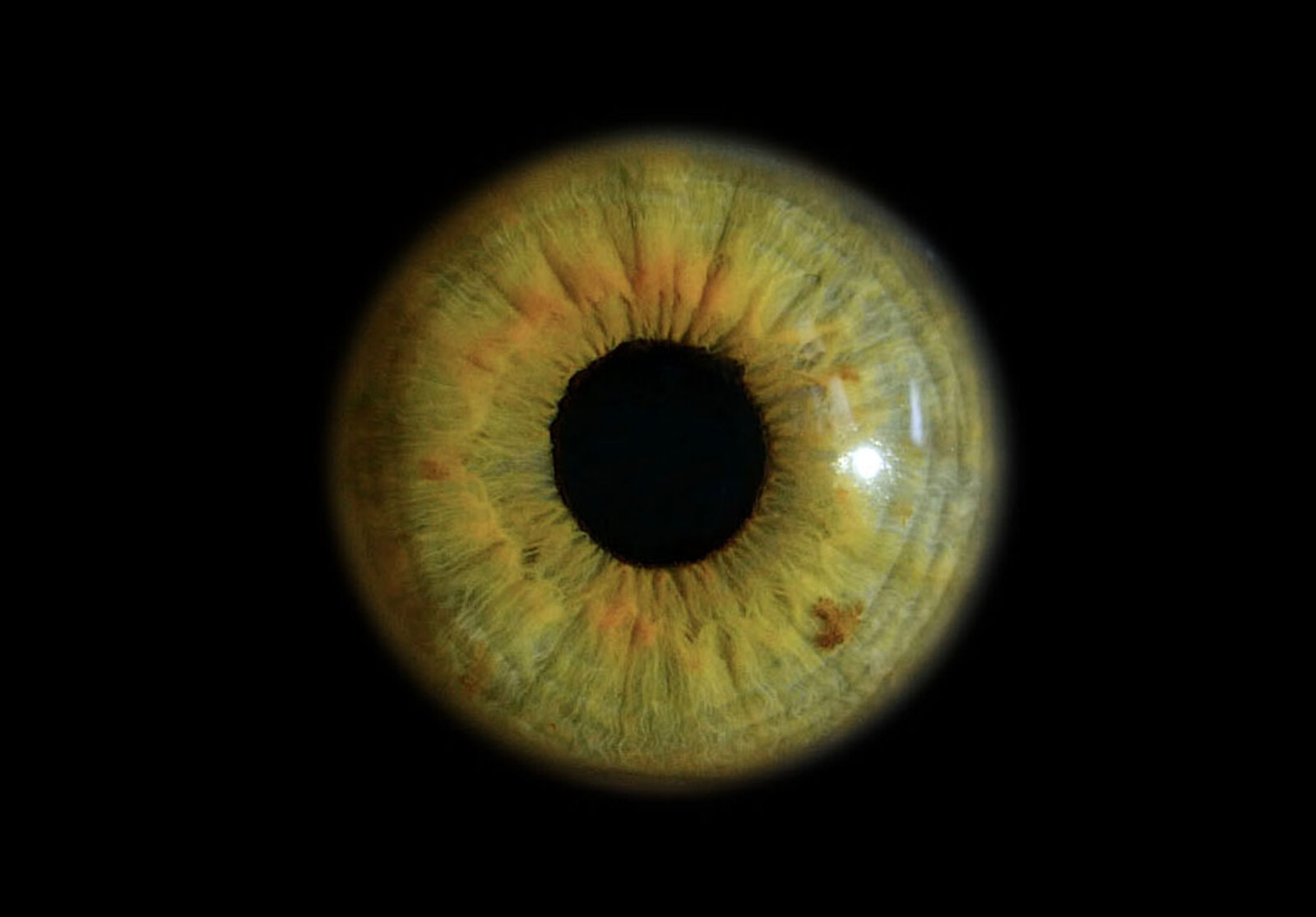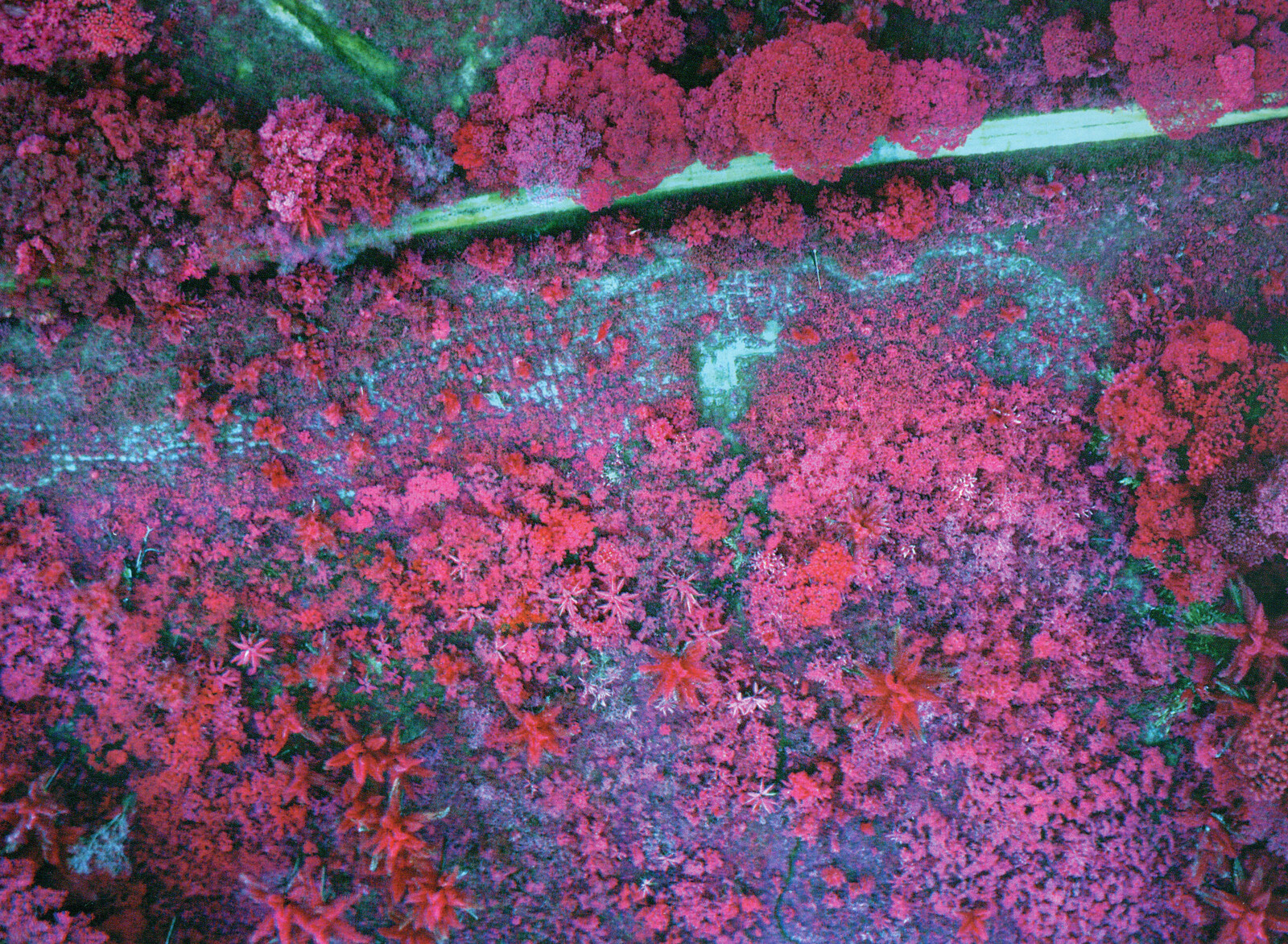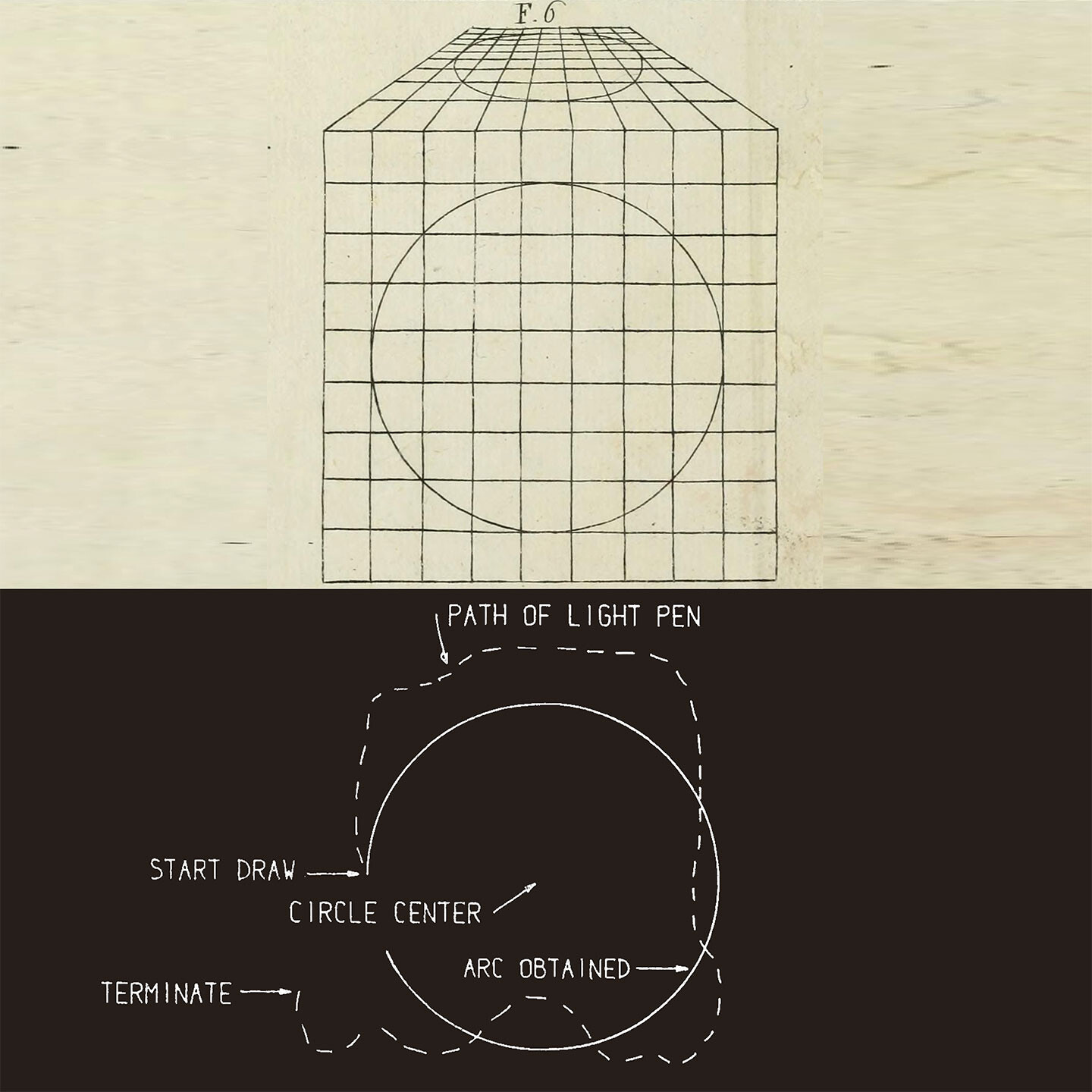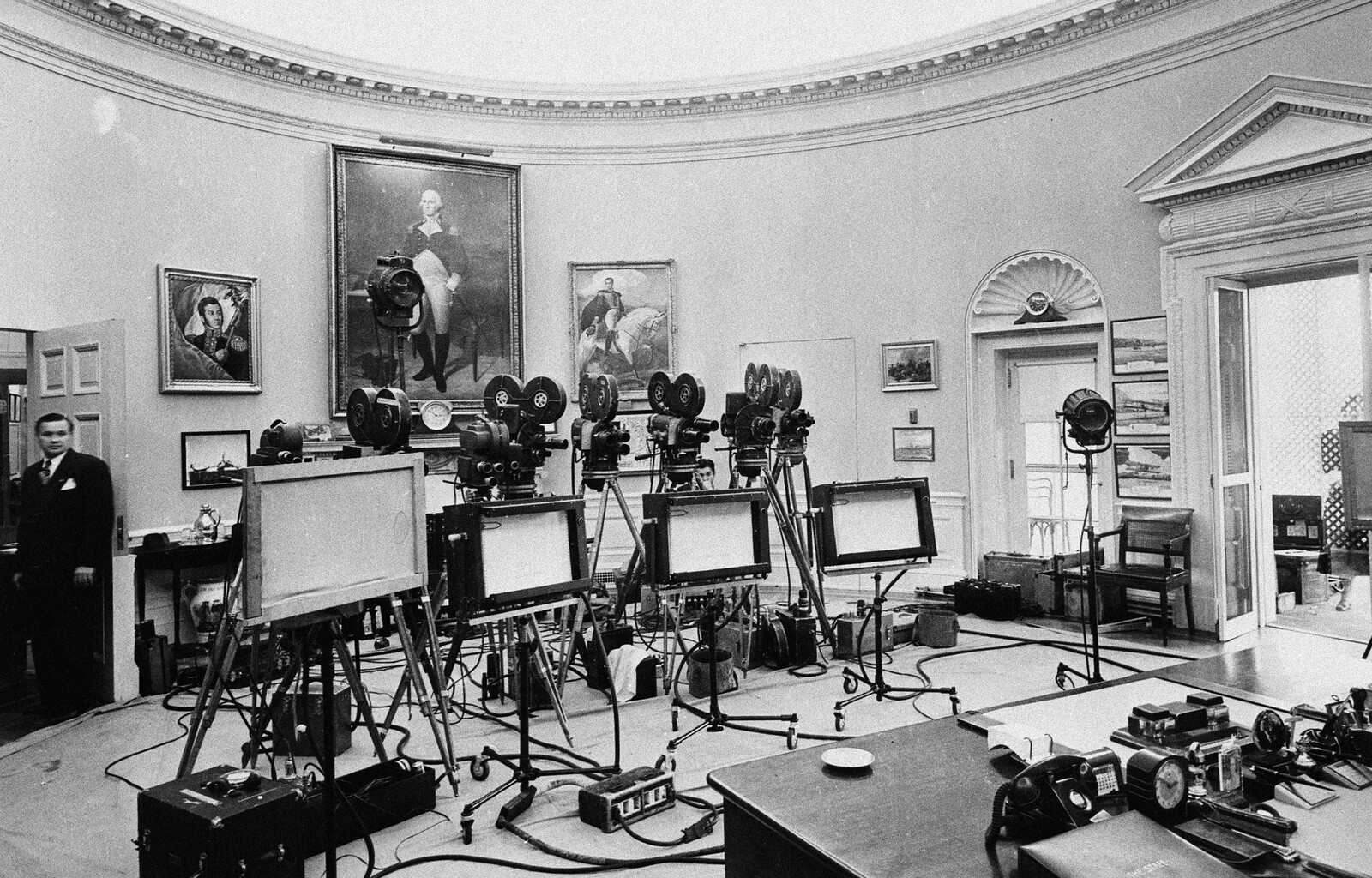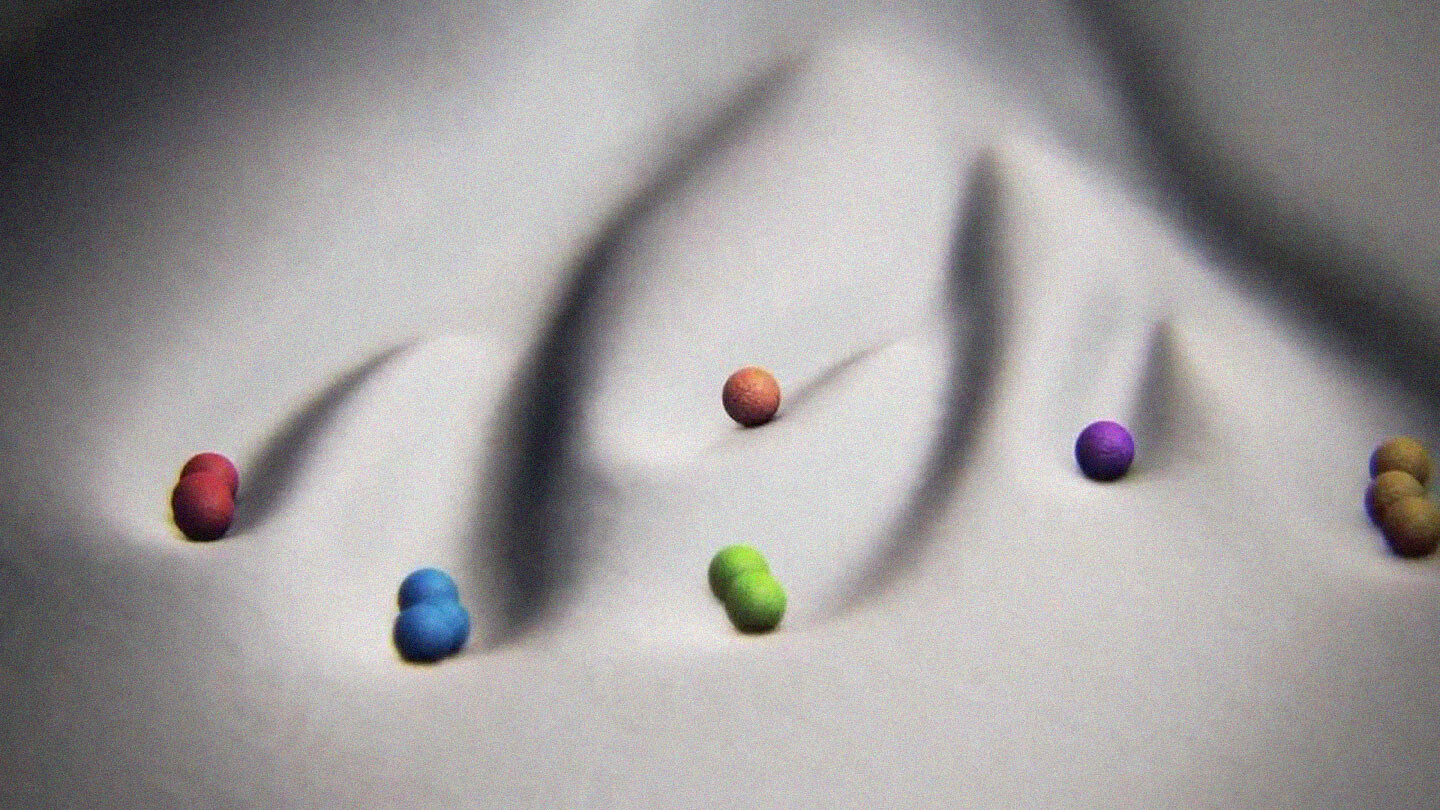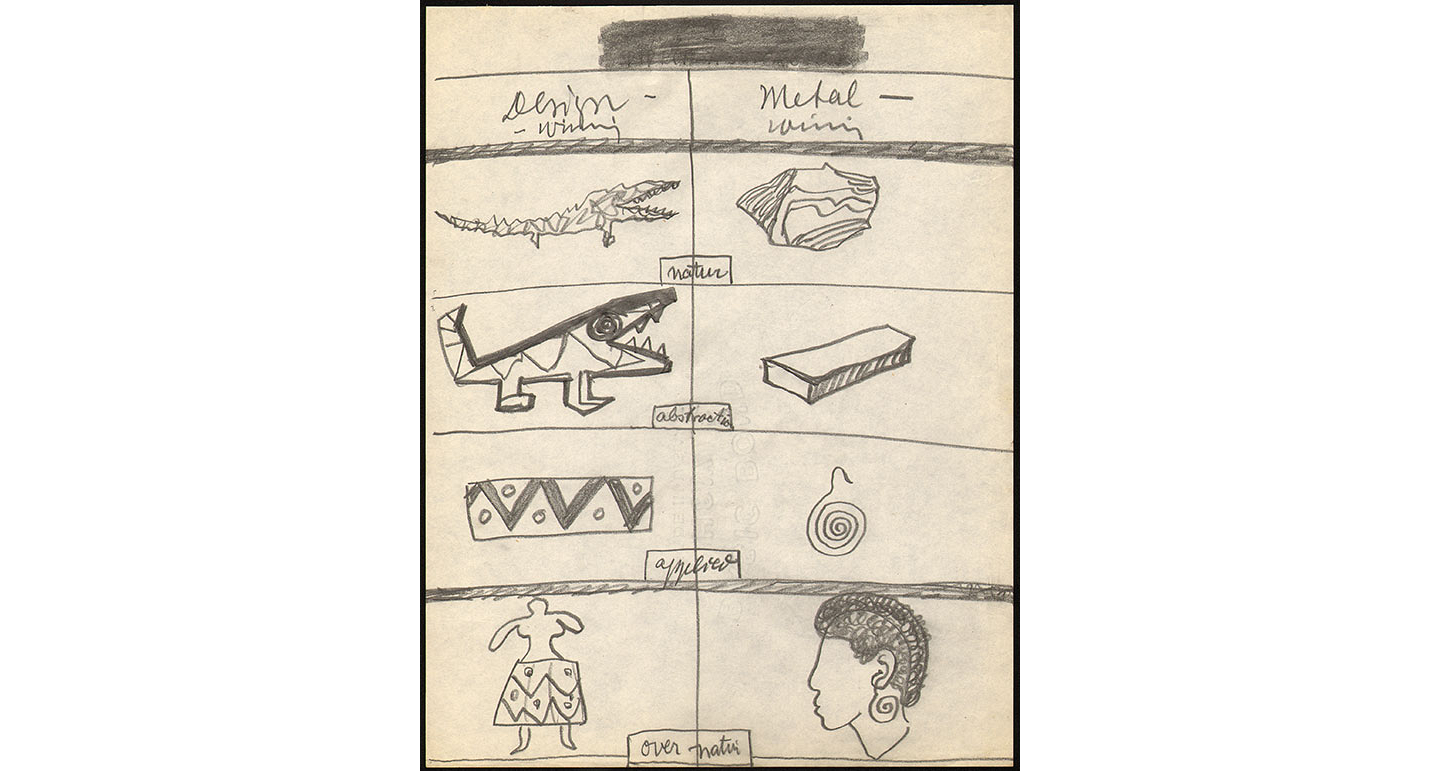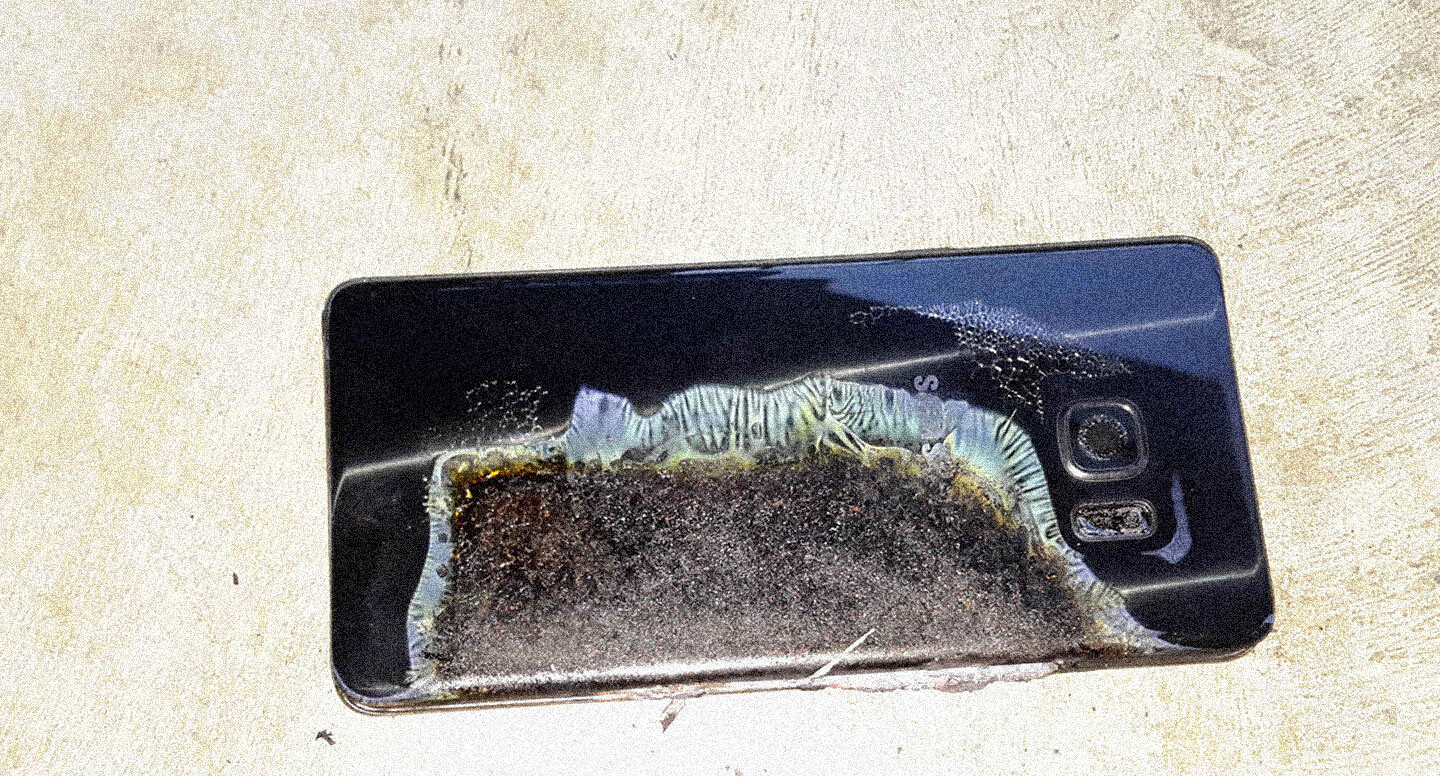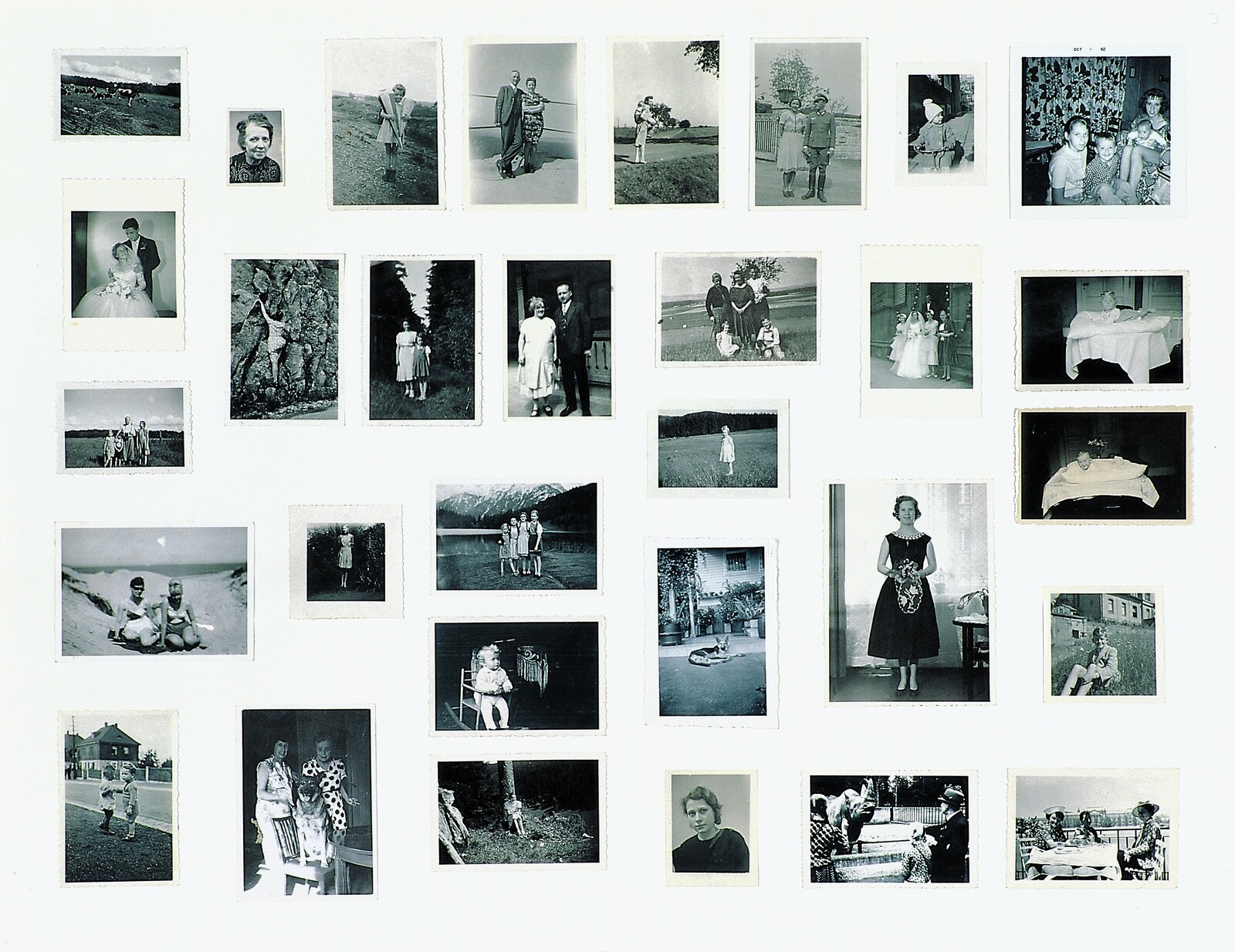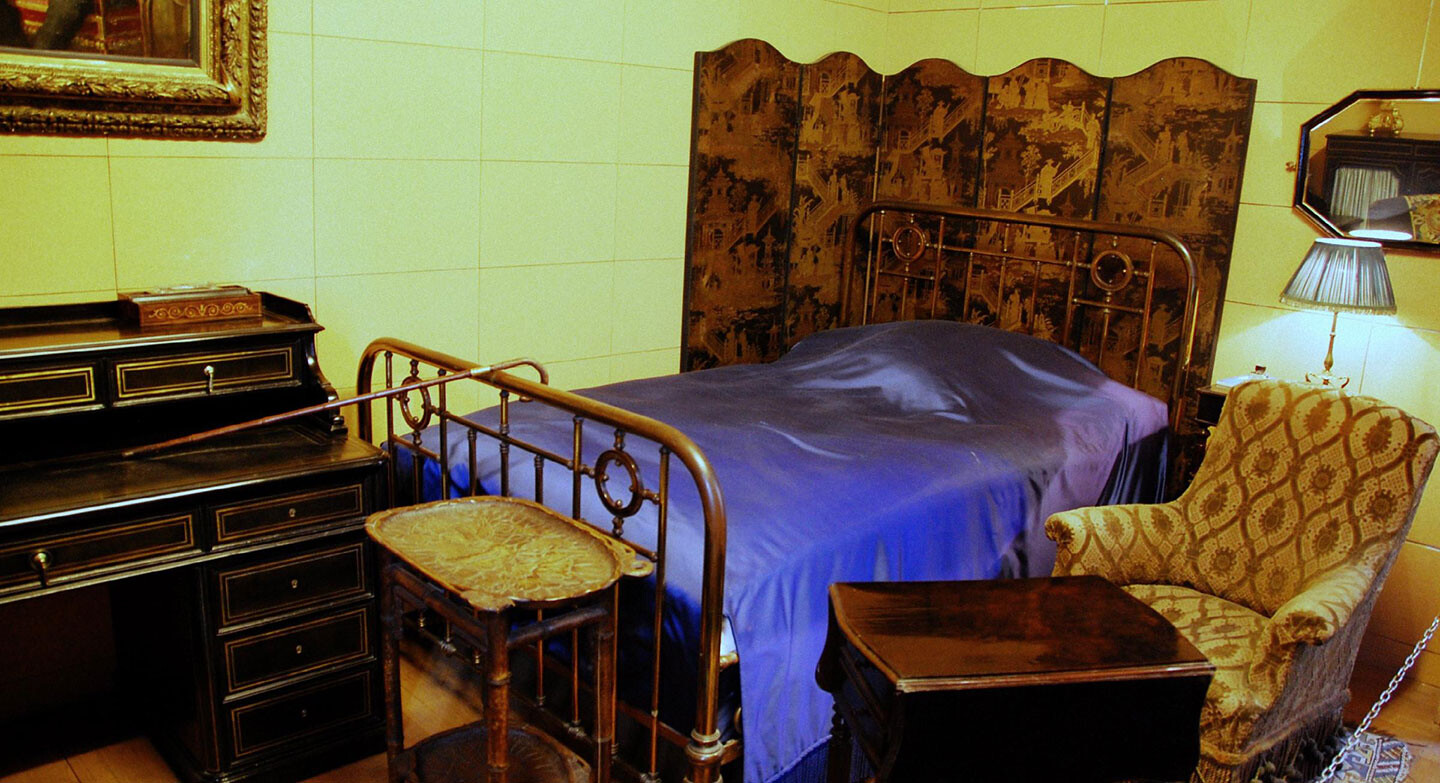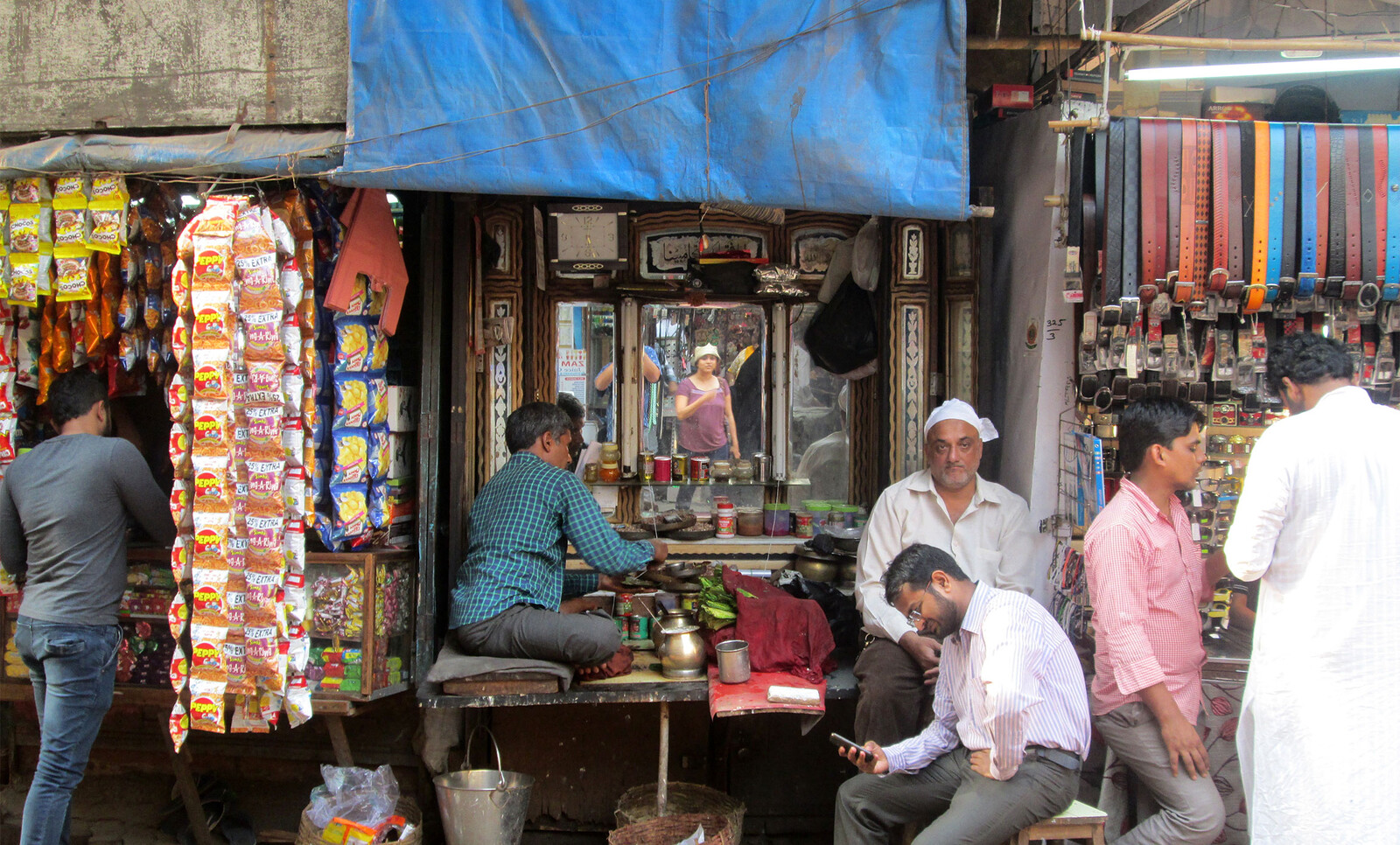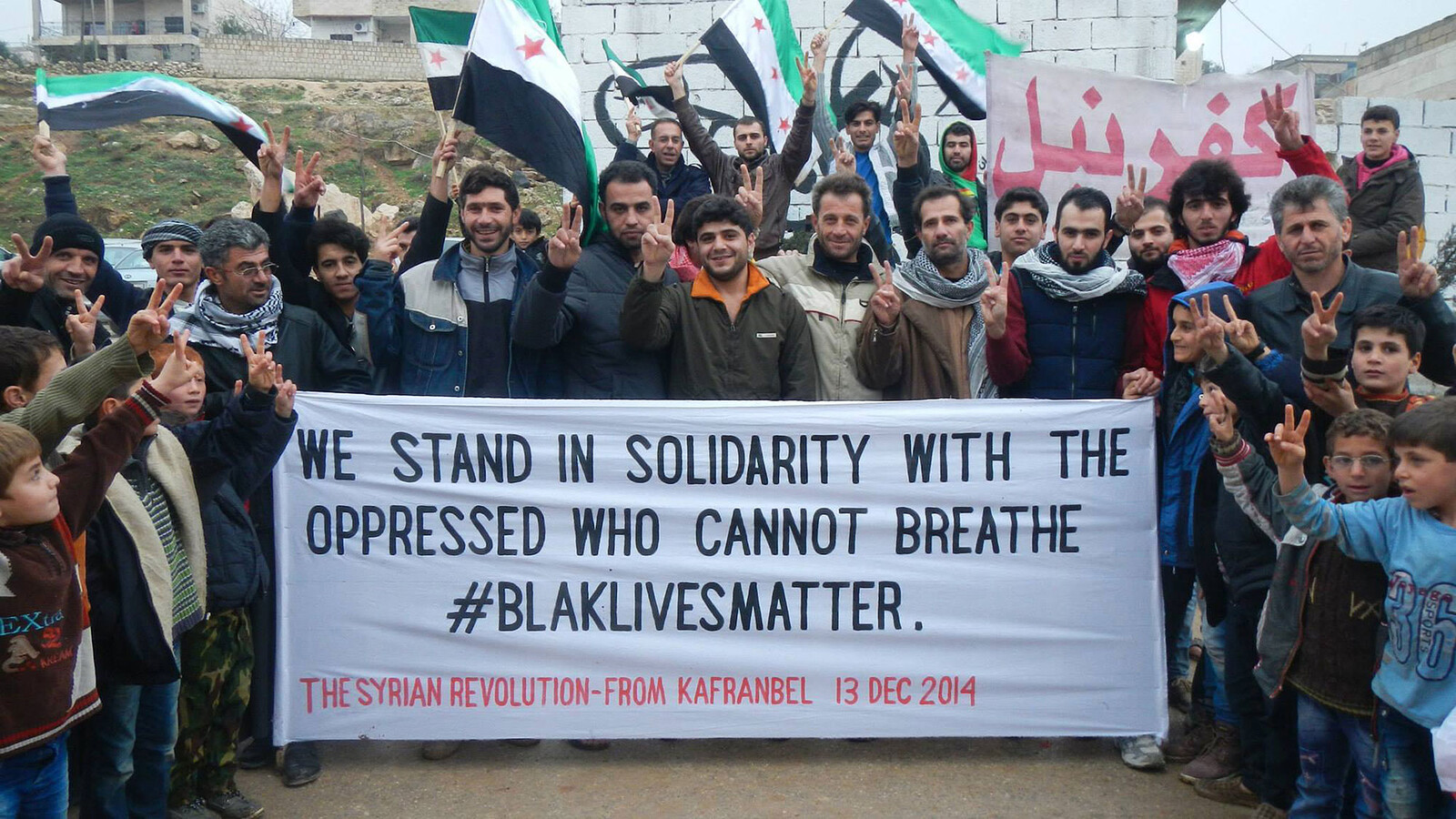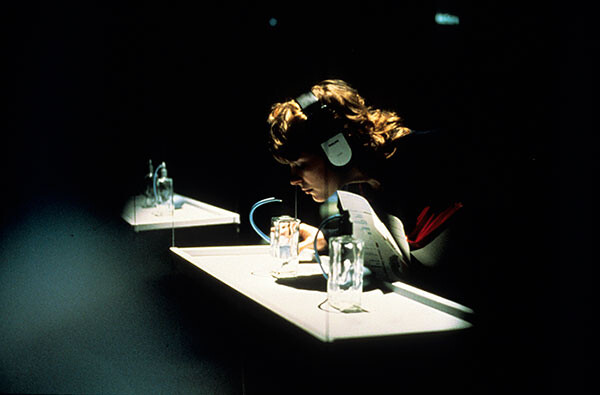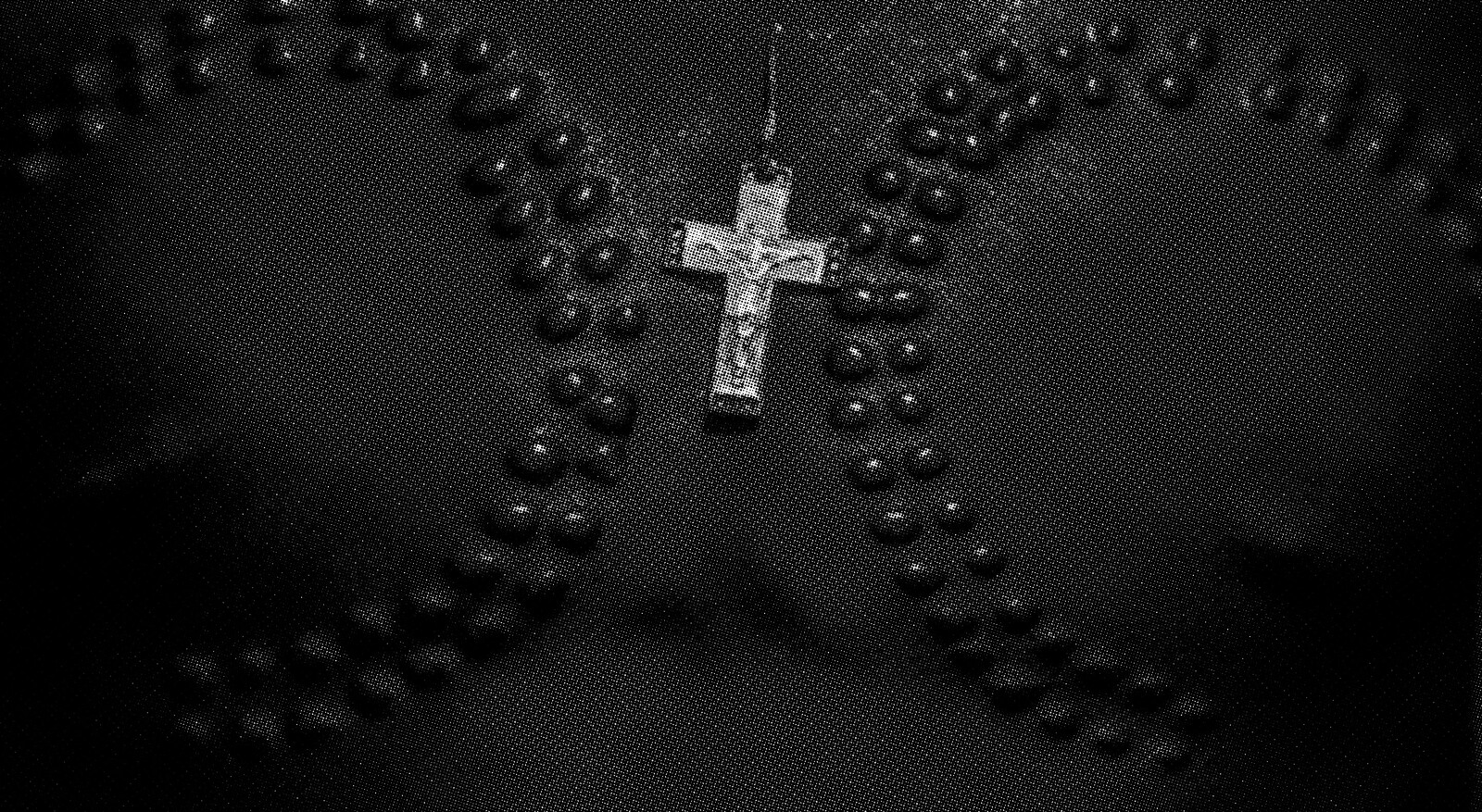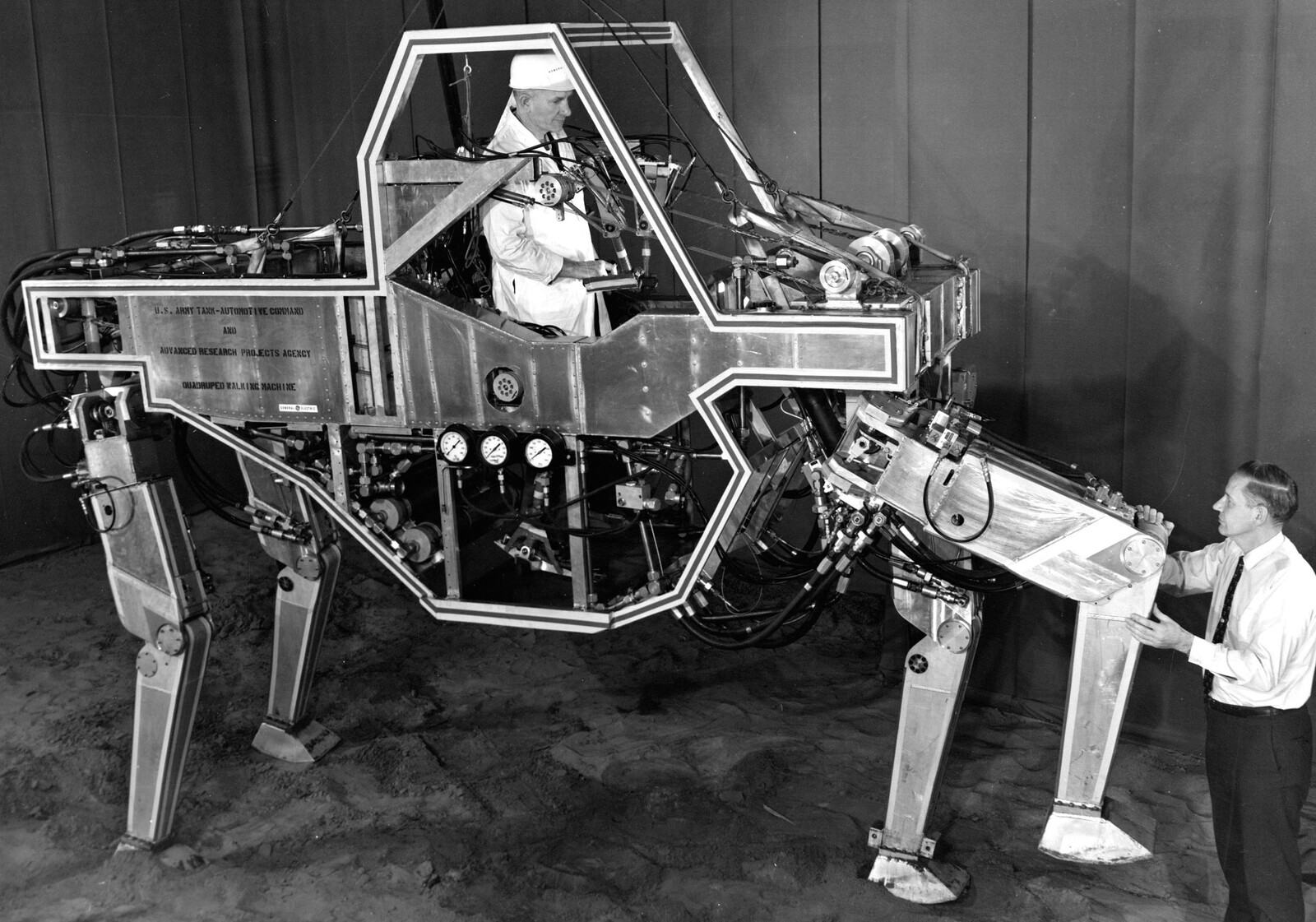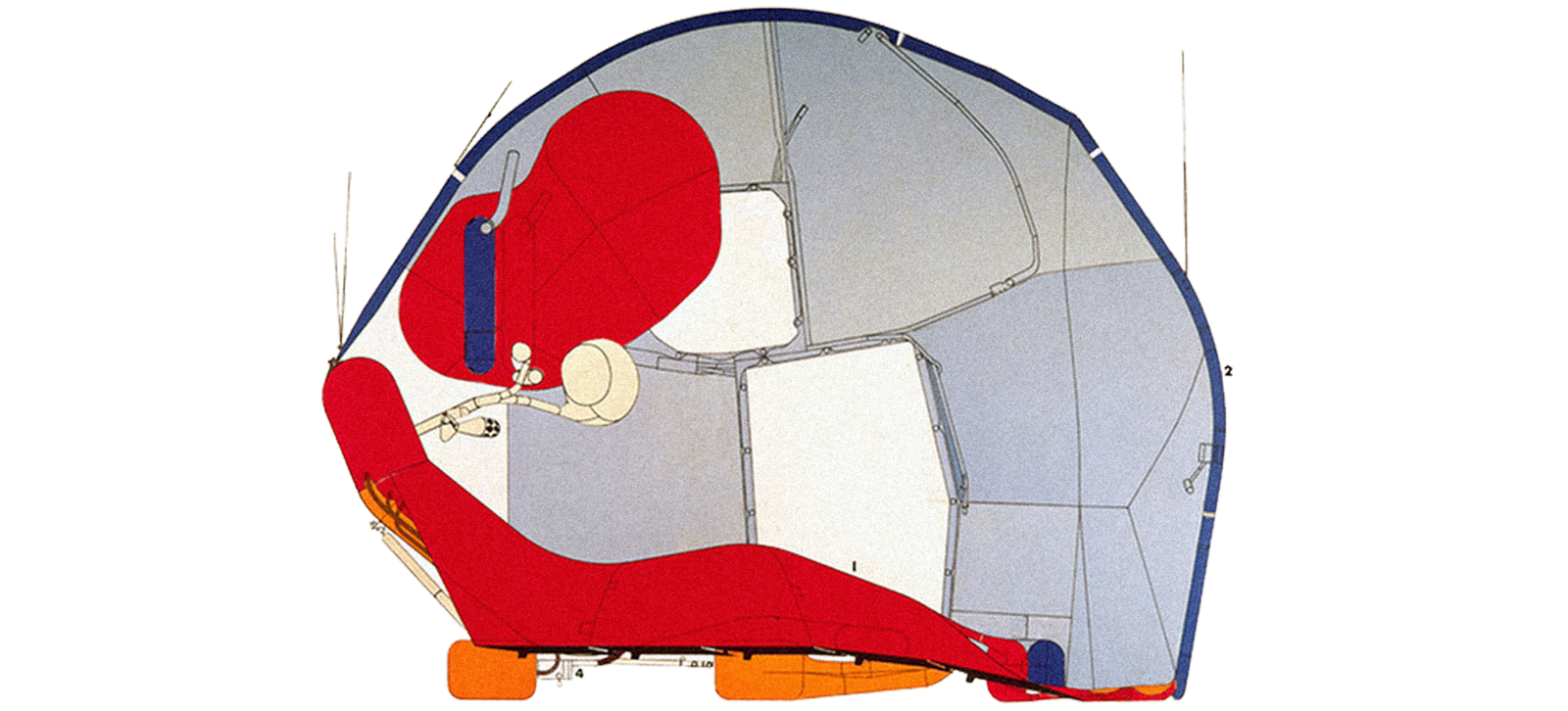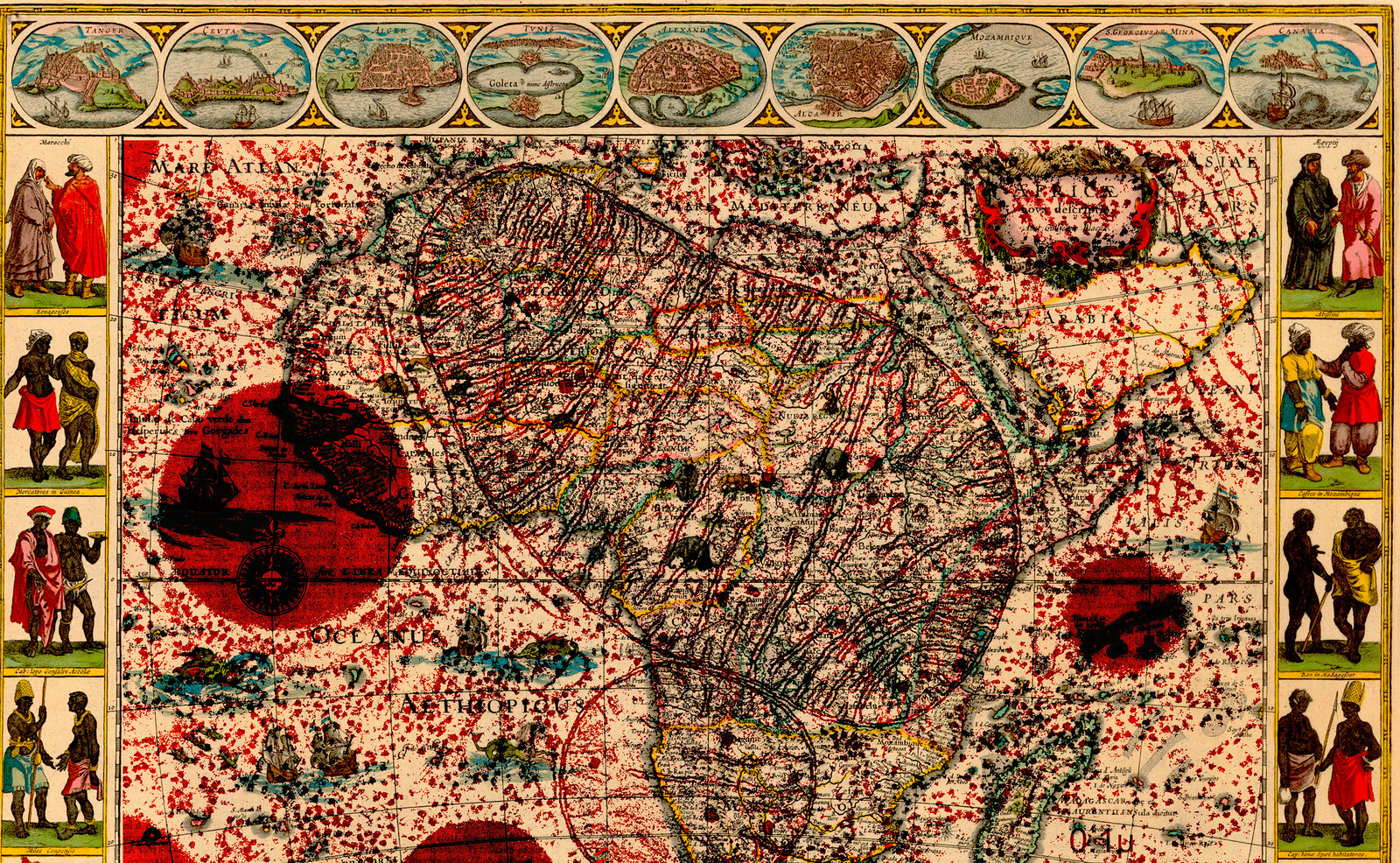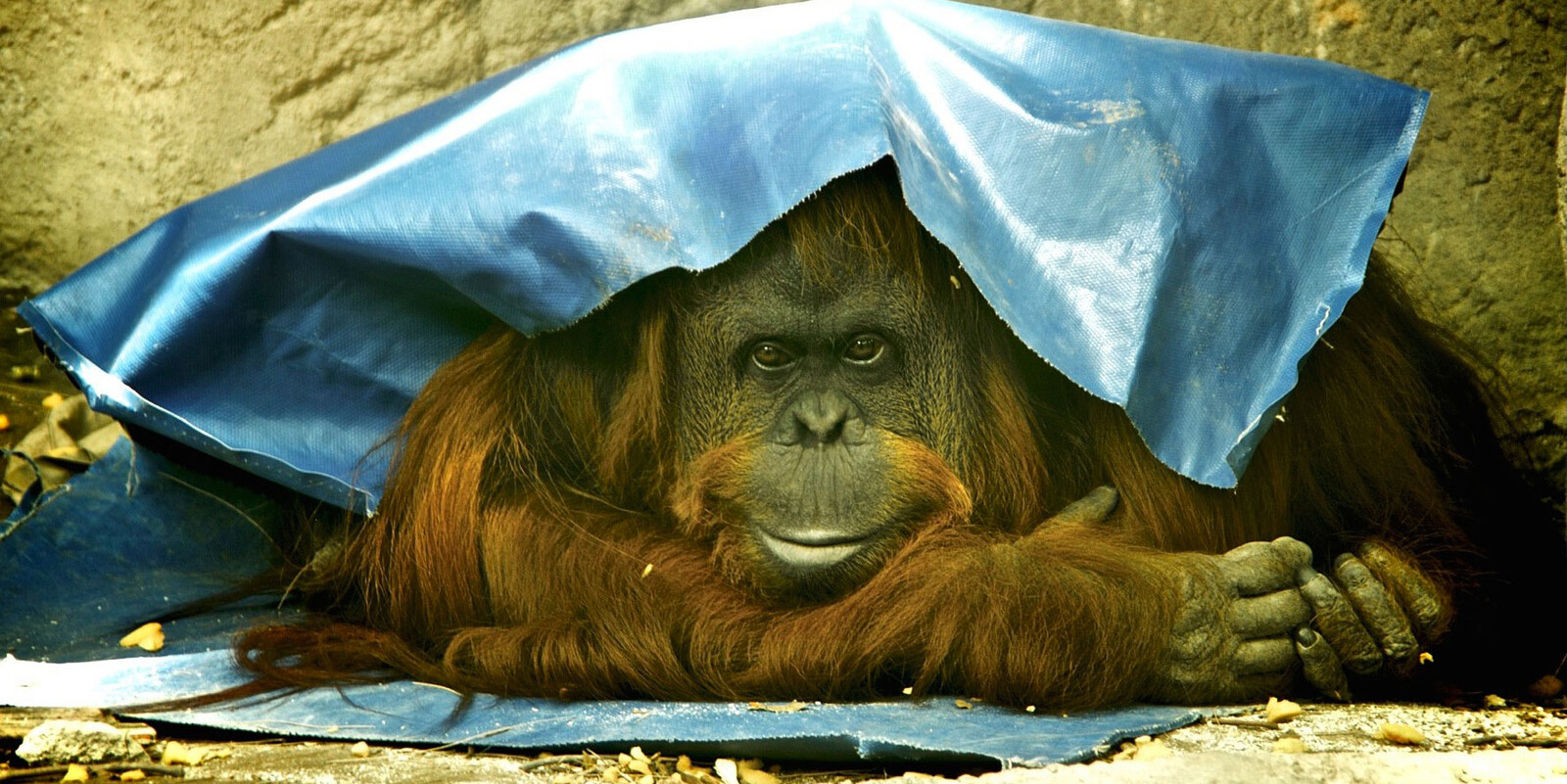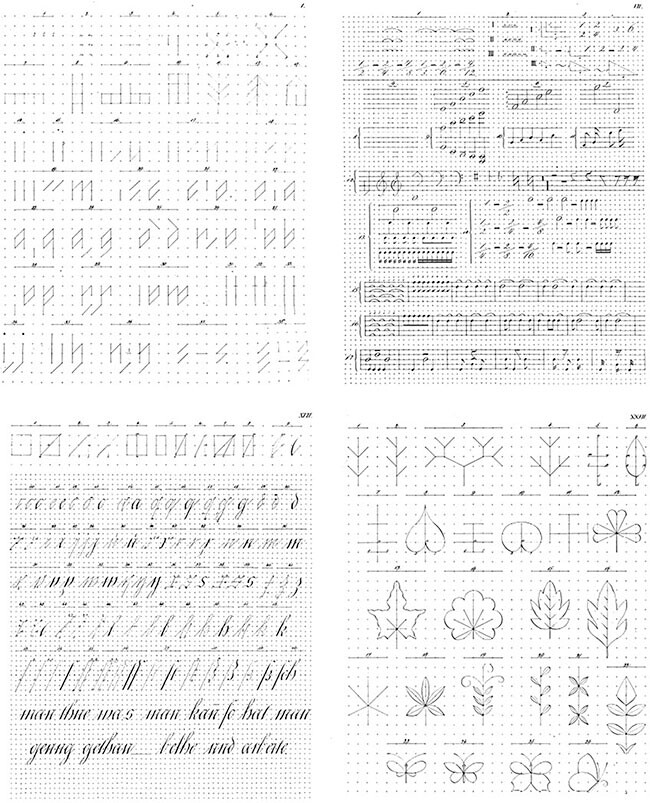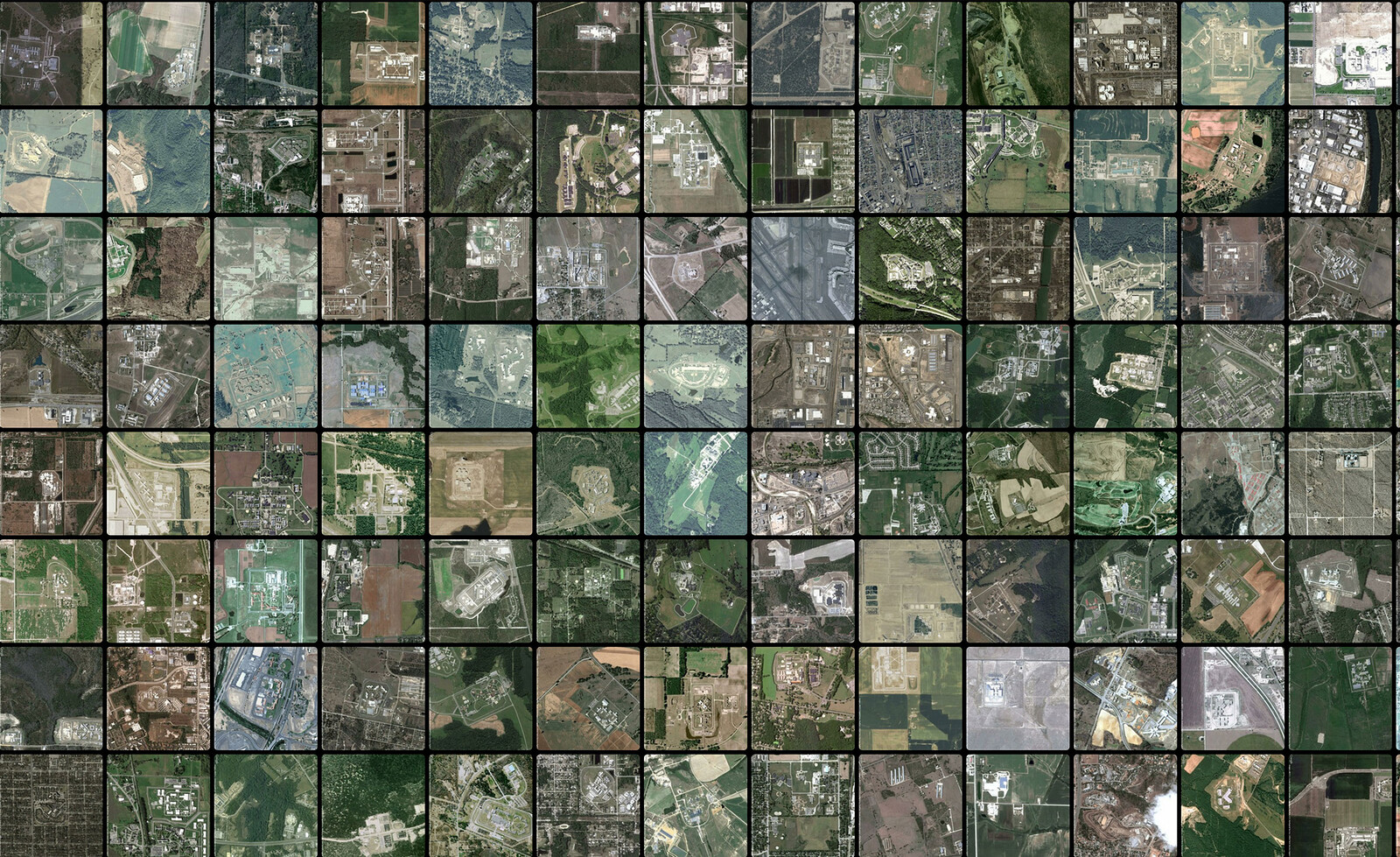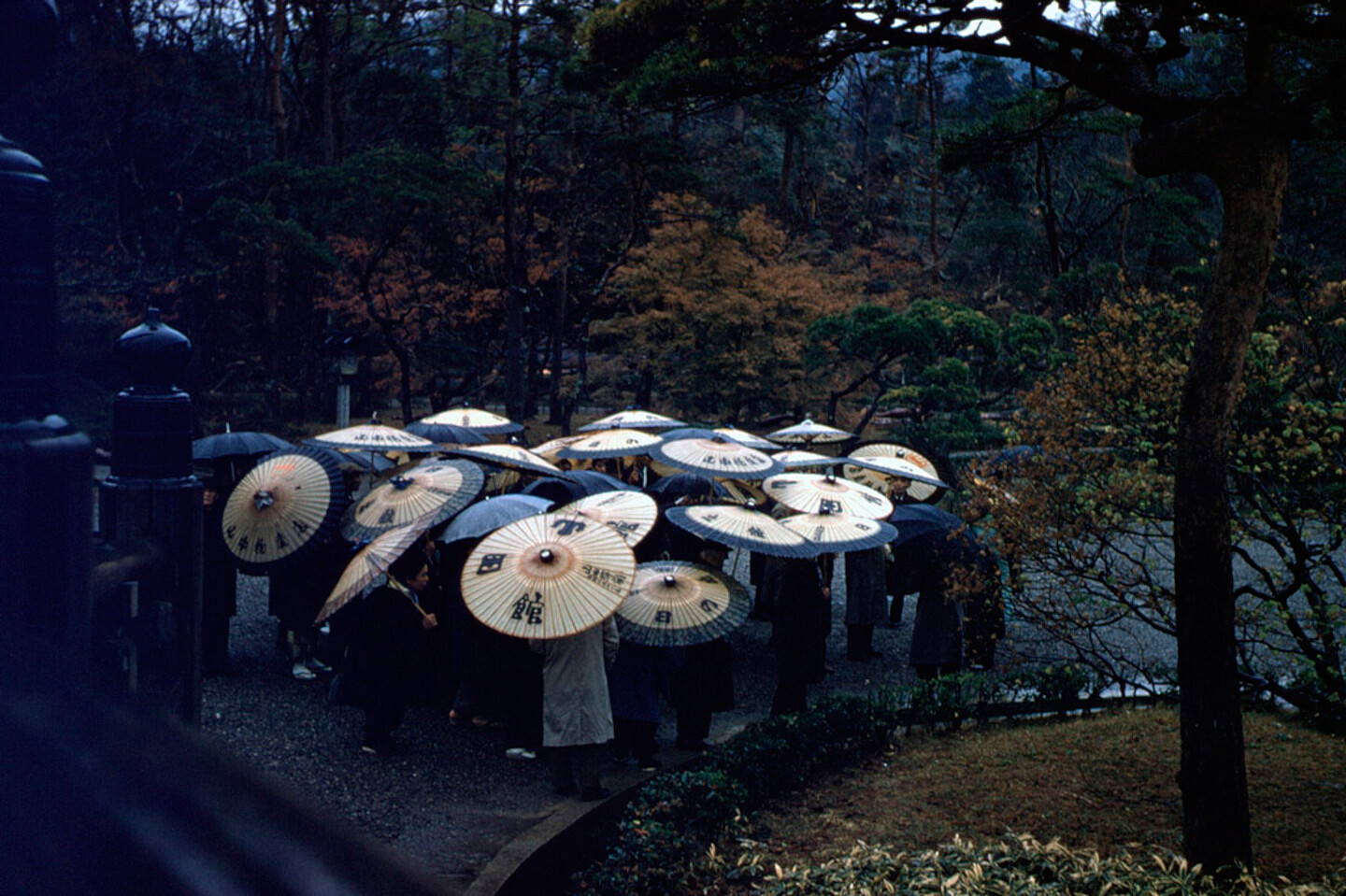In the first three months of 2016, the number of wealthy Chinese couples hiring fertility and surrogacy gestation services at US-based clinics grew by 260%.1 Many fertility clinics based in the United States admit that Chinese nationals already constituted 40% of their clientele. This surge was in part a rapid reaction to the end of China’s one-child reproductive policy.2 Due to the effects of long-term exposure to environmental pollution, many surrogacies requires couples to receive pre-conception fertility treatment, and with cases in which either one or both members of the couple are infertile, egg and/or sperm donation.3 According to Jennifer Garcia, case coordinator at the Californian fertility clinic Extraordinary Conceptions, couples prefer donors to have Ivy League degrees, and “lots of Chinese clients” select cells from tall blond donors, which can double the cost. “You can basically make a designer baby nowadays.”4 California Cryo Bank, an online bank trading semen for use in IVF (in vitro fertilization), has even developed a trademarked “Look-A-Likes” service that sorts donors according to their resemblance to male celebrities such as James Franco or Ji Jin-hee, actors whose beauty is generally appreciated by both Asian and Western tastes. As a complement to basic fertility treatment, clinics offer genetic selection services. Embryos are screened before they are placed in the surrogate uterus in order to eliminate those that might carry conditions such as sickle cell anemia, Tay-Sachs disease, or muscular dystrophy. Screening also makes it possible to select the gender of the embryos being implanted.5


Left: Sarah Jessica Parker, James W. Broderick, and Matthew Broderick with the just-born twins Marion Loretta and Tabitha Hodge (New York, 2009). Right: Michelle Ross, the surrogate mother for Parker and Broderick (Martins Ferry, Ohio, 2009).
In Chinese society, male descendants are expected to take responsibility for their parents’ welfare when they get older. Screening for genetic diseases and gender selection are thus often part of strategies intended to reduce the financial and affective risks for the future of the couples hoping to become parents. Furthermore, while newborns conceived with genetic material from Chinese nationals can be easily registered as Chinese citizens, children born in US territory from a surrogate uterus (and thus with US citizenship under the fourteenth amendment of the US Constitution) can sponsor their parents for green cards upon reaching the age of twenty-one.6 At an average cost of $150,000 USD, forty times the annual salary of a school teacher in Beijing,7 gender selection combined with in vitro fertilization and overseas surrogacy has become part of an increasingly popular scheme among affluent Chinese couples to reduce future uncertainty, gain transnational citizenship, and style their children as transnationally seductive—all with the intention of positioning these newly produced humans as privileged actors between the world’s biggest zones of production and consumption.8
As much as these practices have grown in affluent social circles, the public image of surrogacies is still in the making. In 2009, the TV and movie star couple Sarah Jessica Parker and Matthew Broderick released a photograph—a carefully-composed version of generic celebrity-mother in-hospital birth scene—that was intended to render public the arrival of their just-born twin daughters, but this image was not unanimously accepted as a representation of the social constituency of this nativity event. At the same time that Parker and Broderick were composing the bed scene, their lawyers were in a legal fight to avoid having the image of their surrogate mother, Michelle Ross, from being spread in gossip blogs as “the tattooed, bisexual rocker who was pregnant with Sarah Jessica Parker’s twins.”9
In the case of Chinese-American surrogates, traditional ways of relating the identities of newborns with geographical demarcations are being challenged. For instance, the transnational dislocation of conception and birth makes it impossible for these Chinese parents to use bazi, an astrology-based method to select the names of newborns.10 Humans engendered in this transnational way challenge birth as a source of bodily ascription to unitary geographies and destabilize the way that this fact is registered by popular cultural practices.


Some examples of California Cry Bank’s of sperm donors who resemble James Franco represented here by their childhood portraits, 2016.
Among Chinese businessmen and government officials, transnational newborns are expected to play a key role in connecting a regulatory zone where benefit can be produced through political influence with one where it can be secured through rather steady and highly regulated institutions.11 Newborns produced in this way embody a complex territorial assemblage, one that cannot be geographically produced, but can only be manufactured out of a bio-political composition of a Chinese national’s genes—often combined with donated eggs or semen from selected phenotypes—and an American national’s uterus. Preceded by a celebrity industry that found the possibility of bringing together transnational publics in celebrating the same bodies and physical features, transnational gestation responds to and calibrates geographical borders and political agreements by incarnating new kinds of humans who will often, as part of their engineered assets, progressively register and reenact a combination of trendy and broadly accepted look-a-likes.
The transnational gestation process usually stems from the efforts of guiding agencies based in China coordinating with fertility clinics and consulting law firms based in cities like New York or Boston and surrogacy agencies based in California, where laws are favorable to progressive parental rights and surrogacy.12 The entire process takes no less than fifteen months and requires couples to visit the US, usually on tourist visas, a minimum of four times, with a one-week stay average for each. As surrogacy is illegal in China, it is not unusual for couples to fake pregnancies, announcing them to their relatives, friends, and business partners in order to avoid being exposed as law avoiders. Long stays for the fictionally pregnant partner in the US are often necessary for the plot to become plausible. With an average total stay of eight weeks in the US—although often reaching sixteen weeks—transnational fertility have become not only a bio-legal compositional practice, but also a form of temporary residence that cities like New York or Boston have needed to cater to.
In October 2016, the Catherine Foundation, an organization based in Washington DC with a declared mission of promoting reproductive health in the US, sponsored the Assisted Reproductive World Congress—ARWC—a two-day conference at the Mandarin Oriental Hotel in New York meant to present the most progressive professionals and techniques developed in the field of fertility. The venue of the congress and its location on Columbus Circle, “at the heart of Manhattan,” was emphasized over and over on the conference’s website and in its brochures as one of the incentives for doctors and scientists from around the world to participate in the ARWC. The president of the conference’s Program Committee, as well as its main speaker, was Dr. John Zhang, the Founder, Medical Director, and CEO of the New Hope Fertility Center. New Hope’s headquarters are discreetly accommodated in a bland office building at 4 Columbus Circle, less than one hundred feet from the Mandarin Oriental Hotel. With a medical center and customer service department in Beijing, New Hope can be recognized as a pioneer in considering IVF treatments as a practice that is both bodily and geographical. New Hope invented the term “International Fertility” to describe the services specifically developed to cater to its “many patients that travel internationally to receive personalized fertility treatment.”13


Chinese couple and their surrogate, as depicted in a promotional movie by California Surrogacy Center (San Diego, CA).
Chinese couples hiring the services of New Hope are offered a significant discount at the Mandarin Oriental Hotel during their stays in the city. Founded in 1963, the Mandarin Oriental Hotel Group belongs to Jardin, Matheson & Co, the first British trading company established in Hong Kong in 1841.14 Historically, its growth was directly related to nineteenth-century opium commerce and the company’s capacity to use Hong Kong as a gateway to distribute the drug along China’s southeastern coast.15 Its hotel on Columbus Circle is part of the Time Warner Center, a compound that opened in 2003—two years after Michael Bloomberg was elected mayor of New York City—and replaced the New York Coliseum. At the time it was designed and built, air rights were interpreted in a then-new way that enabled the project’s promoters, Related Companies and Apollo Real Estate Advisors, to replace a zoning-permitted twenty-six-story office building with a compound comprising twin seventy-five-story towers.16 The ability for limited liability companies to hide the identity of real estate owners and the now-expired 421-a tax exception program made the Time Warner Center not only attract, but contribute to the creation of an international class of affluent, multi-locational humans who gain resilience by decoupling where their fortunes originate from the geopolitical zone that endures them.17
The design and production of humans resulting from the collaboration of fertility clinics, surrogacy agencies, law firms and cell banks extends to bodies what was previously tested in the form of real estate. The participation of urbanism in the production of inequality seems to be reaching a more sophisticated form of invisibility, following the invisibility provided to surrogates by California law firms, or the invisibility that limited liability corporations give to real estate owners. Close to building sites where migrants work, we might progressively begin to witness the appearance of tall, blond, affluent, successful business-humans, arriving to and departing from the Mandarin Oriental Hotels of the world with their well-cared-for parents, muscular-dystrophy-free bodies, and perhaps even a slight resemblance to James Franco or Ji Jin-hee.
According to Ideal Legal Group Inc., a law firm specializing in surrogacy gestation with offices in New York, San Francisco, and Alhambra.
According to Extraordinary Conceptions.
Infertility rates have quadrupled in the last two decades as a result of the increase in industrial activity. With forty million Chinese considered infertile—12.5% of its childbearing-age population—the growth of the republic’s population has decelerated from 1.97% yearly in 1988 to 0.46% in 2016, according to Chinese Population Association. See →.
Alexandra Harney, “Chinese Look Overseas For Surrogates,” New York Times (23 Sept. 2013).
Kevin Smith, “As China’s One-Child Policy Ends, Surrogacy Services Rise In The U.S,” San Gabriel Valley Tribune (Monrovia, CA), April 30, 2016.
This is made possible by the collaboration of fertility clinics with surrogacy agencies.
Source: Personal e-mail consulation with China Today.
Dual citizenship is not officially allowed in China, though there are many ways to actually maintain two nationalities.
Daily Mail Reporter, “Pictured: The Tattooed, Bisexual Rocker Who Is Pregnant With Sarah Jessica Parker’s Twins,” Daily Mail (7 May 2009).
Sophia Yan, “Chinese Are Hiring Surrogate Moms In America,” Cable News Network (2015).
Ibid., Harney.
Paperwork is drastically reduced by allowing genetic parents to be inscribed as legal progenitors on birth certificates, rendering invisible the fact that the gestation was ever the result of a surrogate.
“International Fertility,” New Hope Fertility Clinic 7. See →.
Dafydd Evans, “The Foundation of Hong Kong: A Chapter of Accidents,” in Hong Kong: The Interaction of Traditions and Life in the Towns, ed. Marjorie Topley (Hong Kong: Hong Kong Branch of the Royal Asiatic Society, 1975), 11– 41.
Christopher Munn, “The Hong Kong Opium Revenue, 1845-1885,” in Opium Regimes: China, Britain, and Japan, 1839-1952, eds. Timothy Brook and Bob Tadashi Wakabayashi (Berkeley: University of California Press, 2000), 105–126.
This was achieved with a ten-foot adjacency.
In the 421-a Tax Program, the Tax Imposition of top-prized apartments was reduced to 1/100 of the average New York property-tax payment. See Evan Bindelglass, “Everything You Need to Know About NYC’s 421-a Tax Program, Poised to Expire Today,” Curbed (Jan. 2016); Criston Capps, “Why Billionaires Don’t Pay Property Taxes in New York,” Citylab (May 2015); “A Summary: The Hidden Money Buying Condos at the Time Warner Center,” New York Times (7 Feb. 2015).
Superhumanity is a project by e-flux Architecture at the 3rd Istanbul Design Biennial, produced in cooperation with the Istanbul Design Biennial, the National Museum of Modern and Contemporary Art, Korea, the Govett-Brewster Art Gallery, New Zealand, and the Ernst Schering Foundation.
Category
Superhumanity, a project by e-flux Architecture at the 3rd Istanbul Design Biennial, is produced in cooperation with the Istanbul Design Biennial, the National Museum of Modern and Contemporary Art, Korea, the Govett-Brewster Art Gallery, New Zealand, and the Ernst Schering Foundation.

